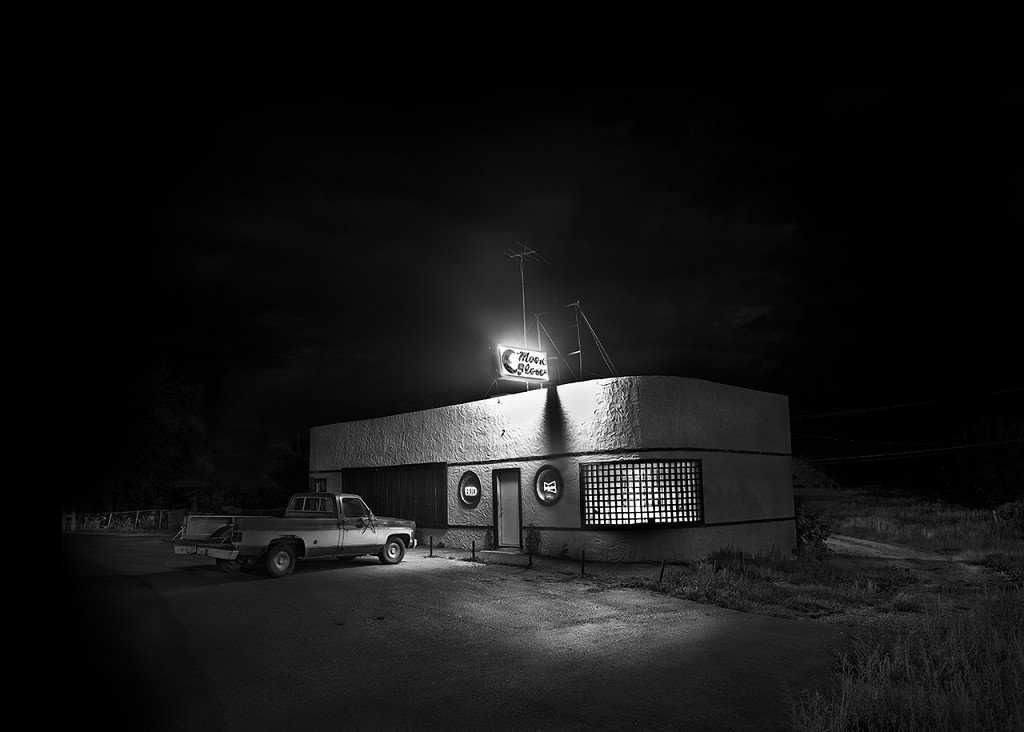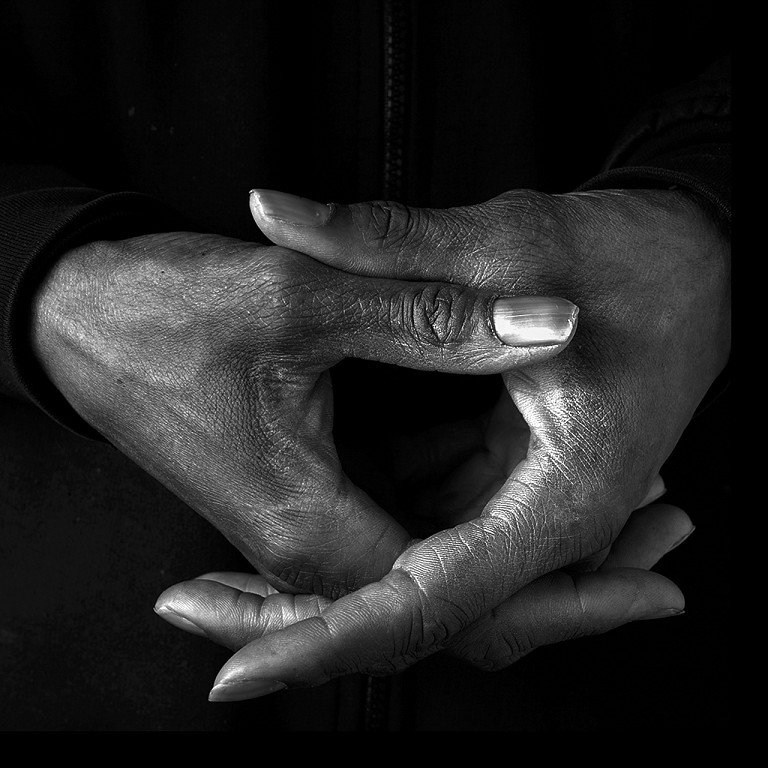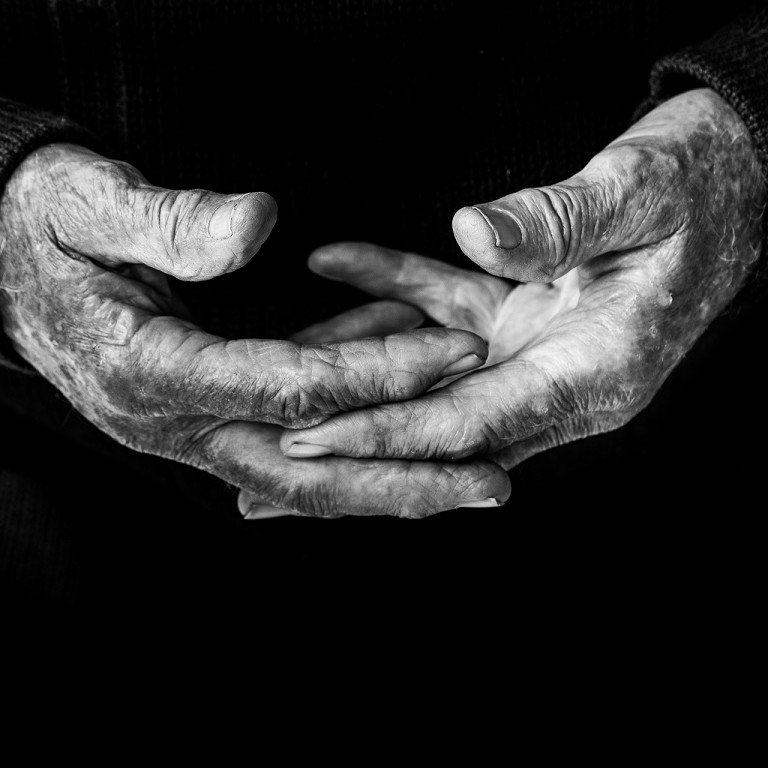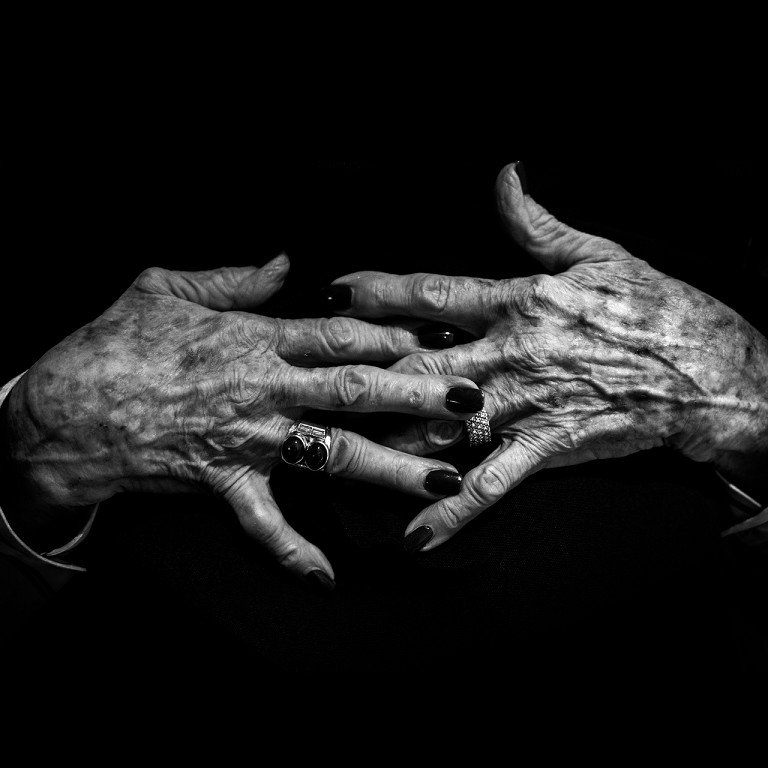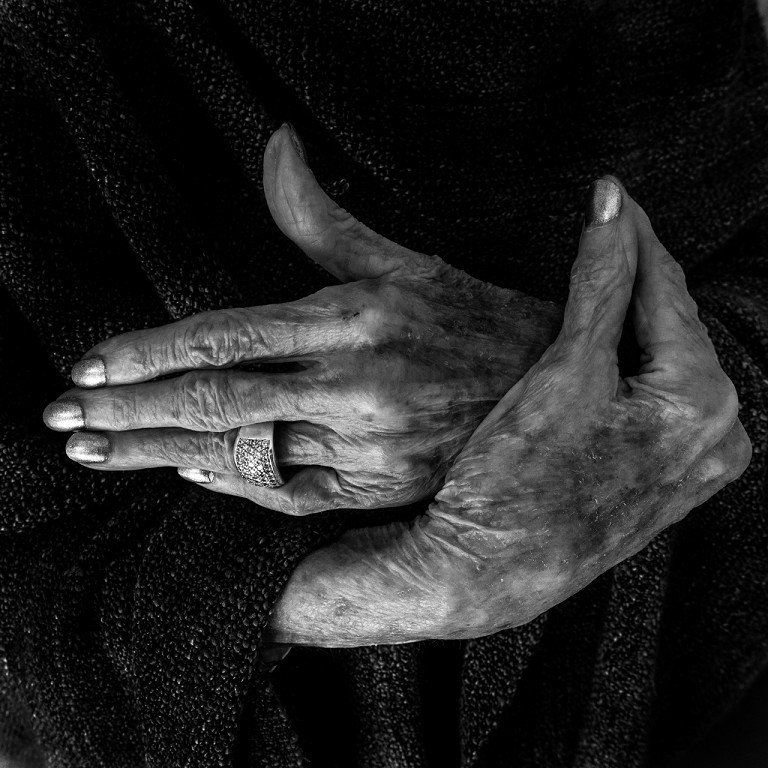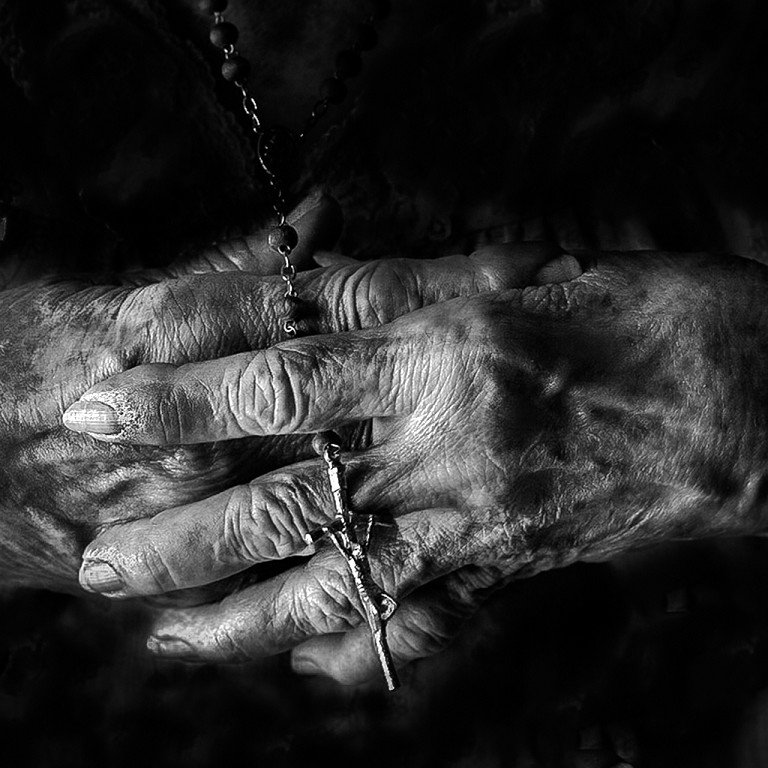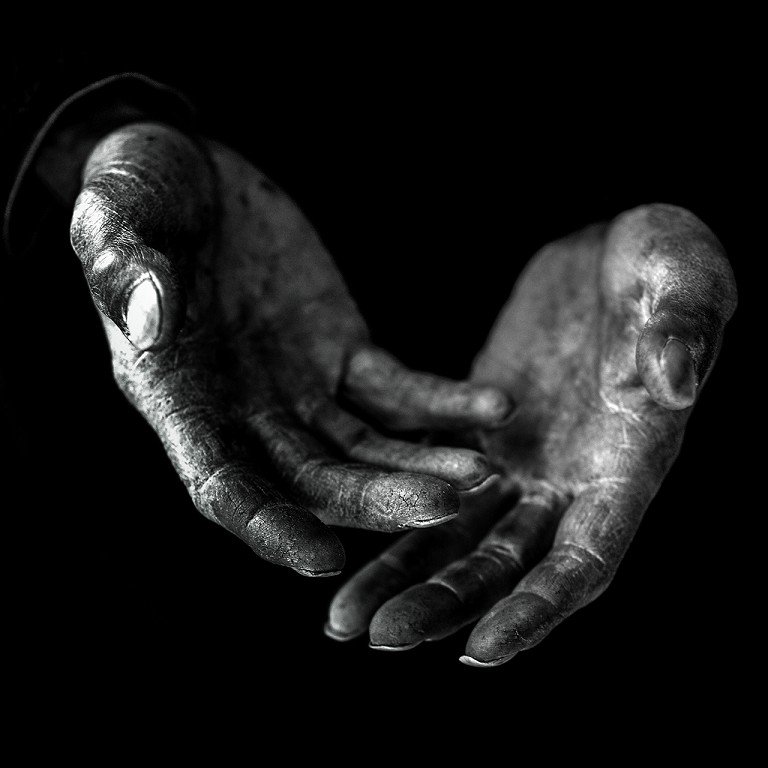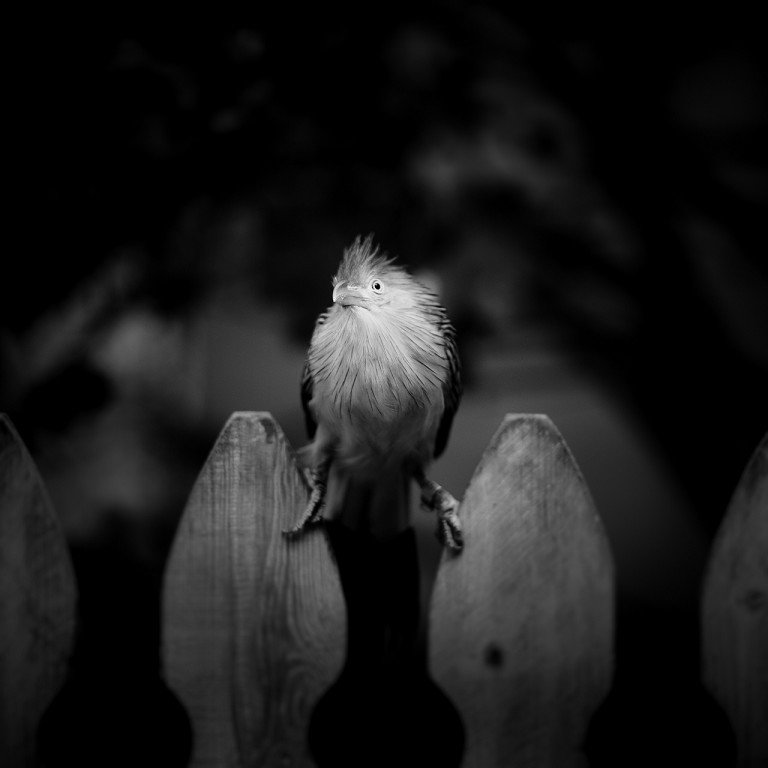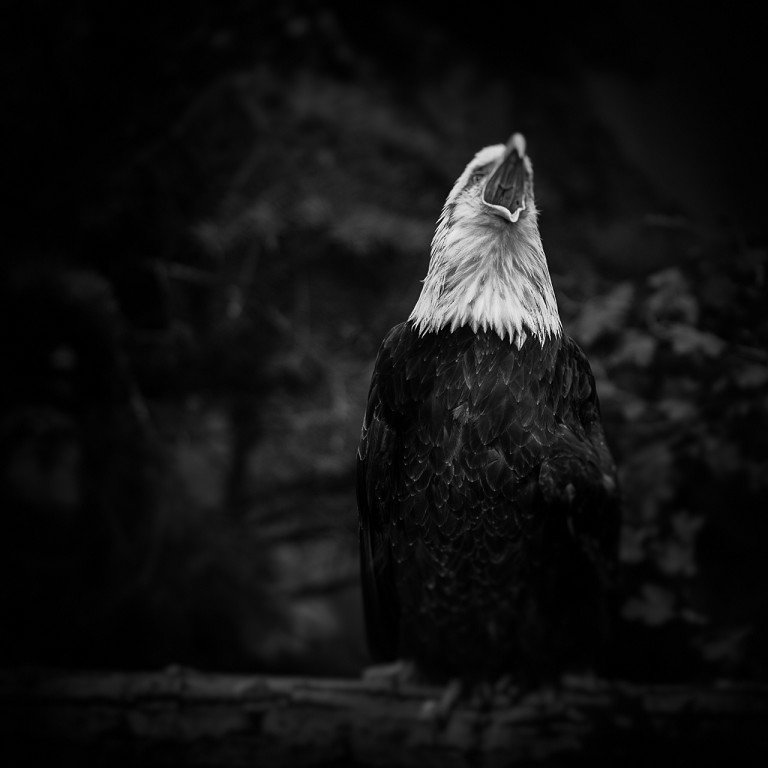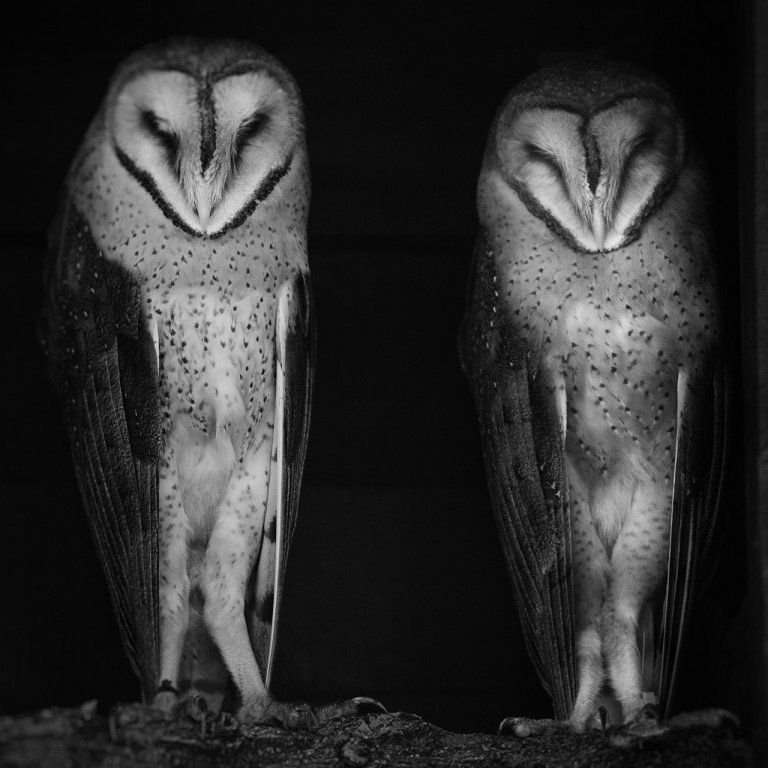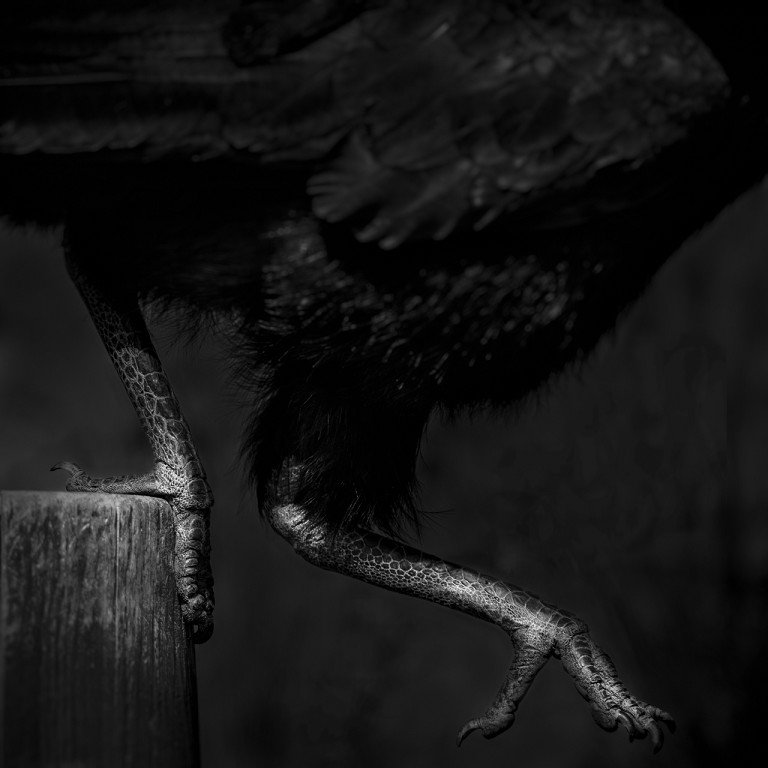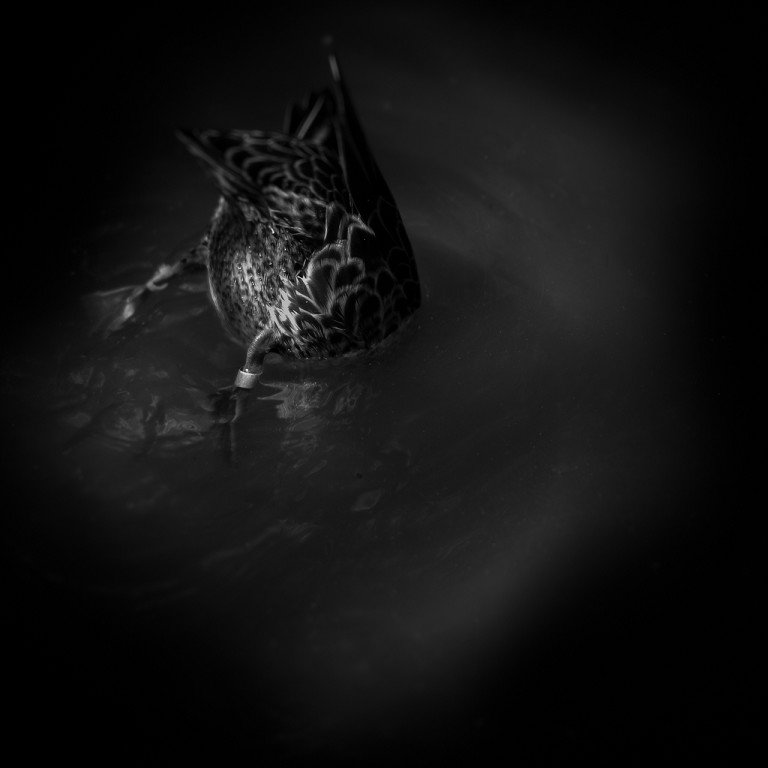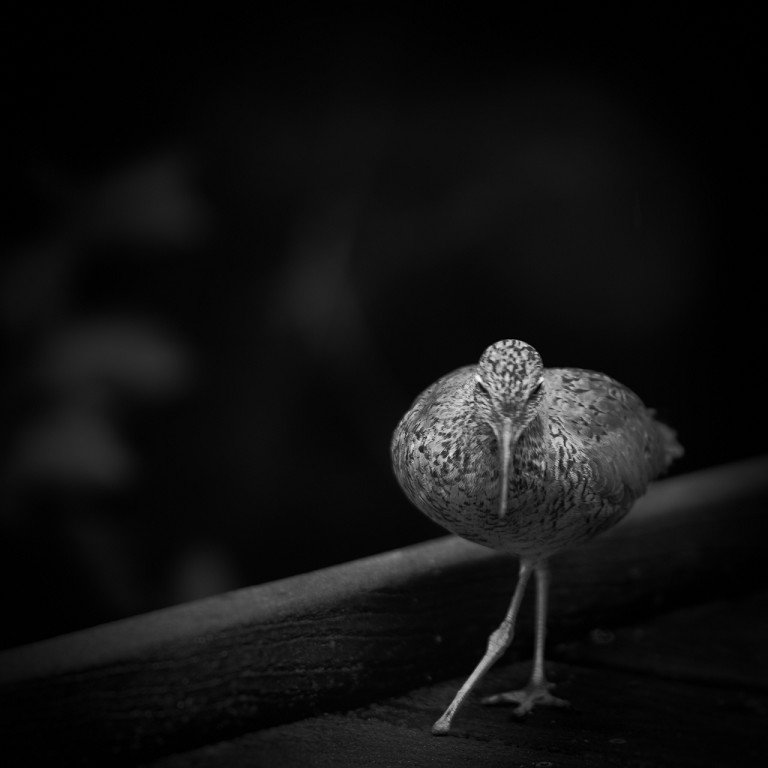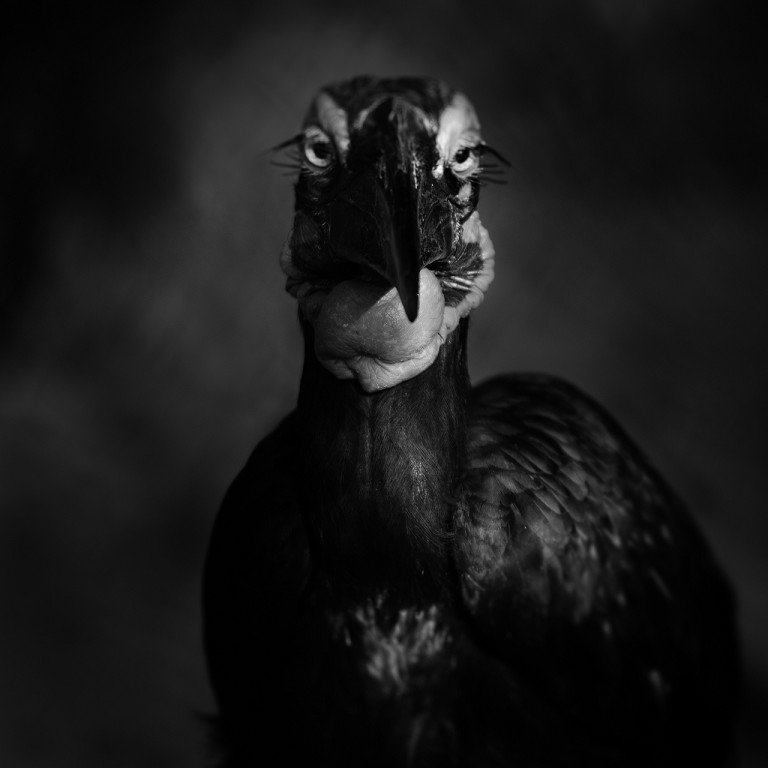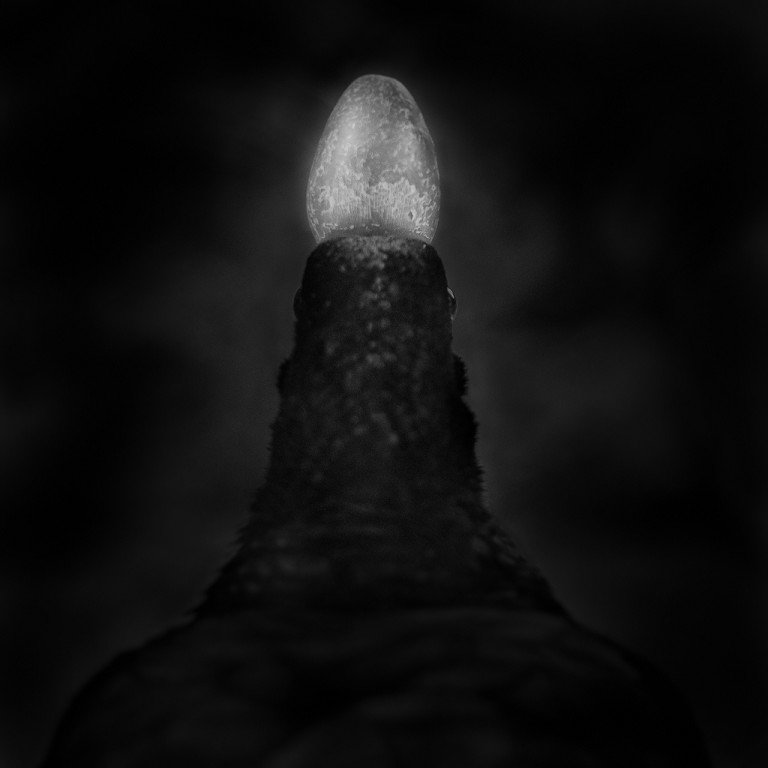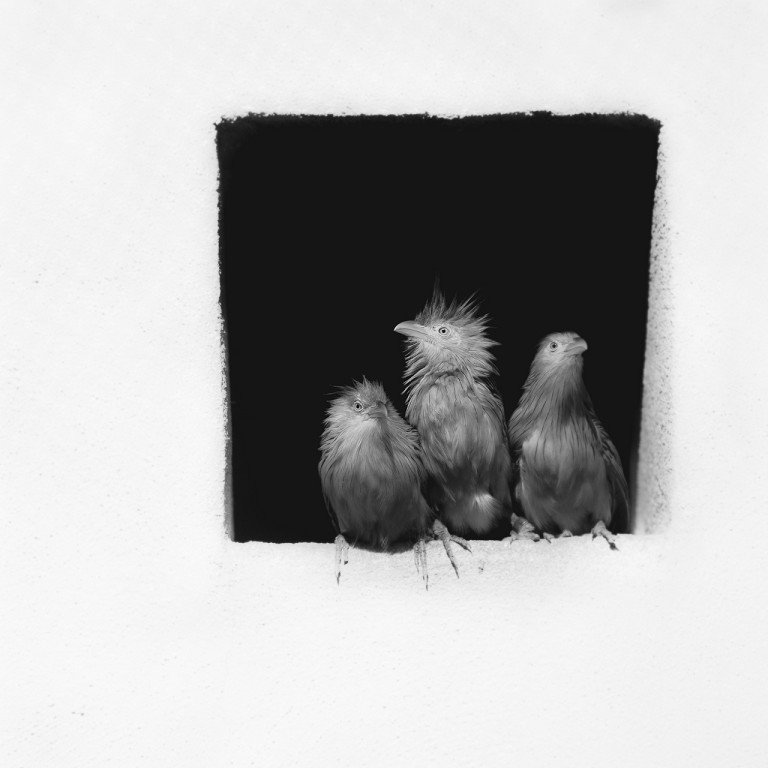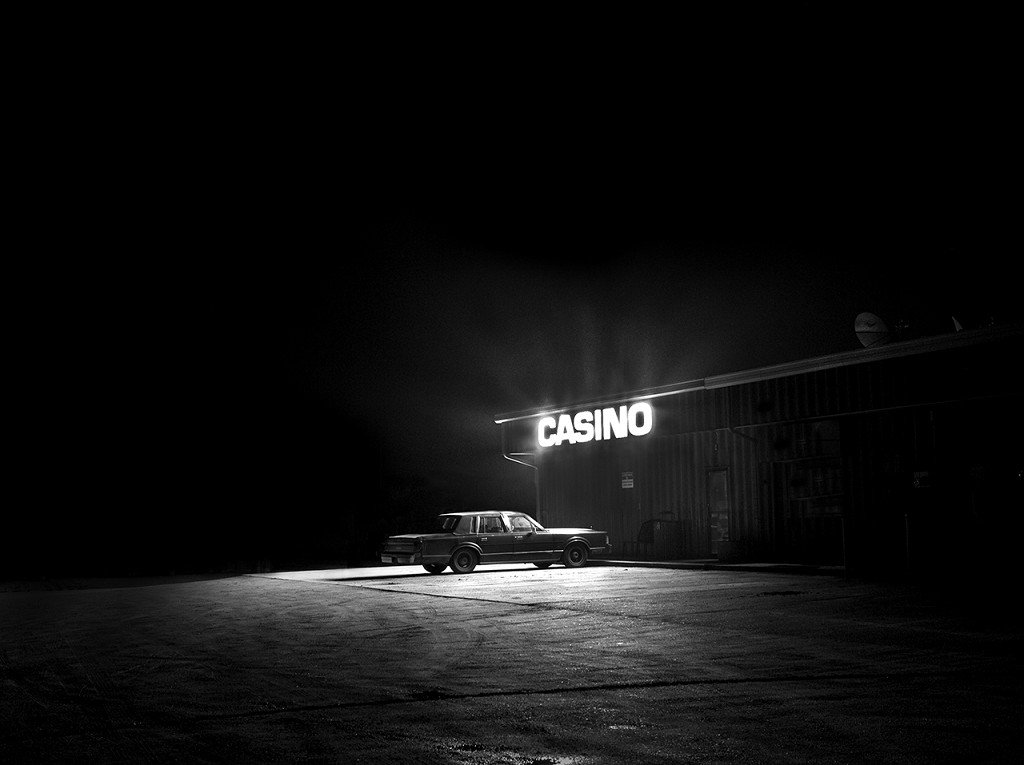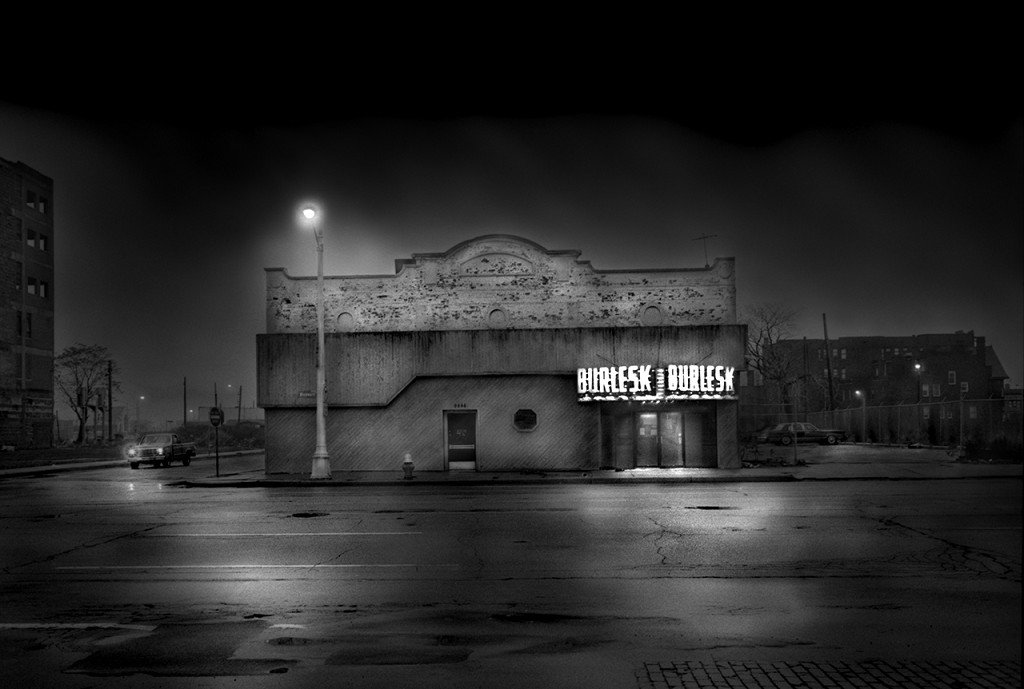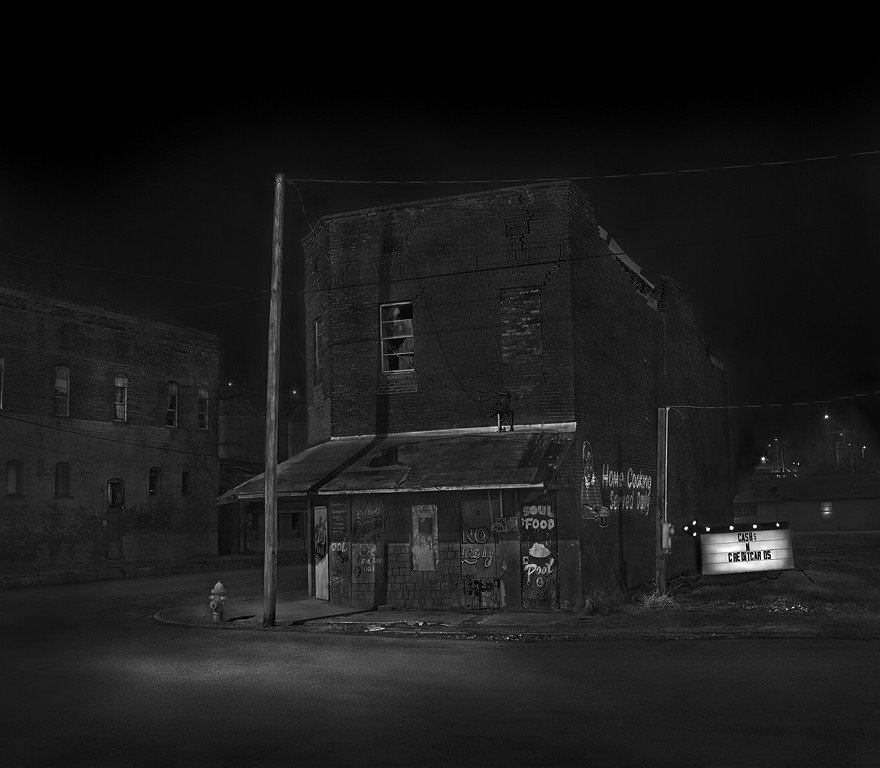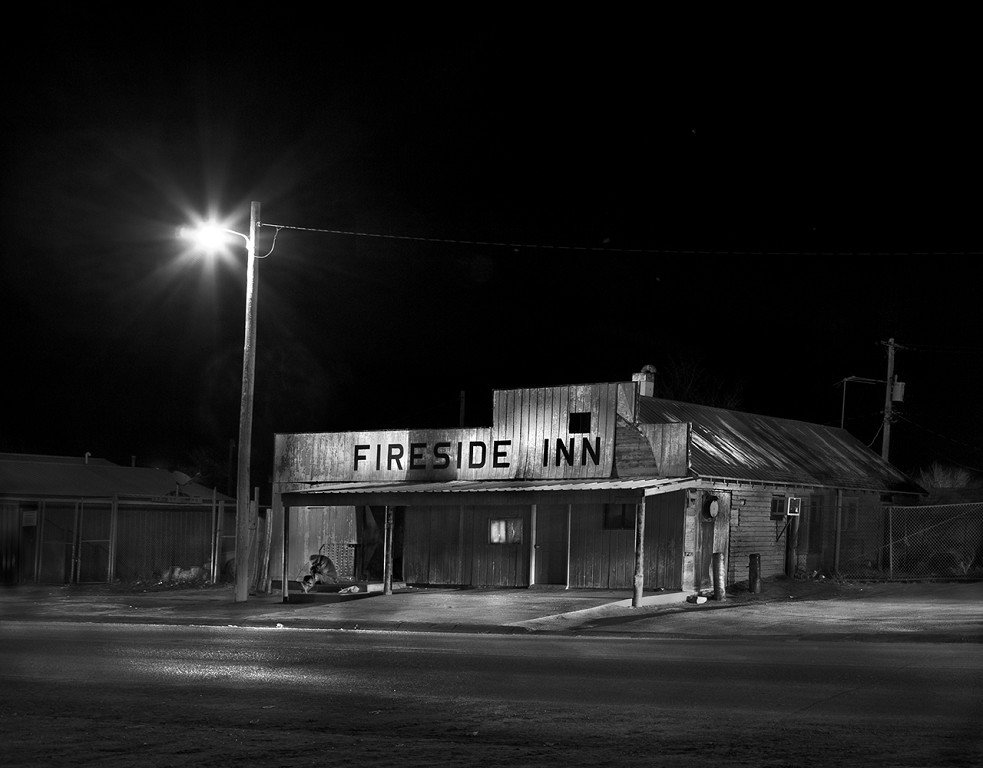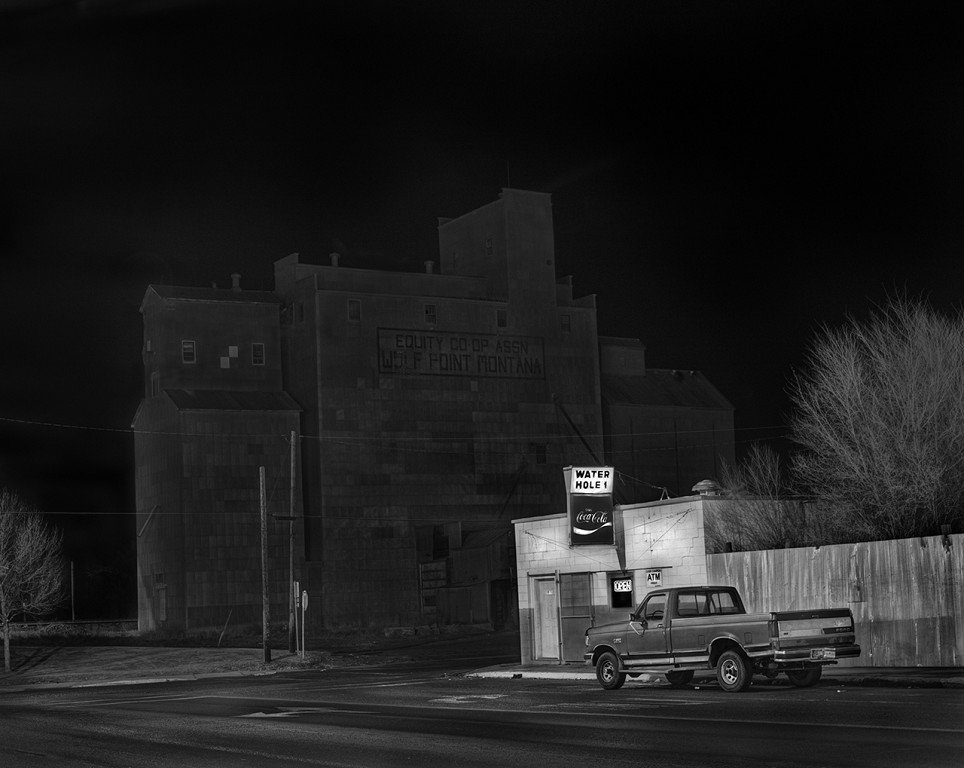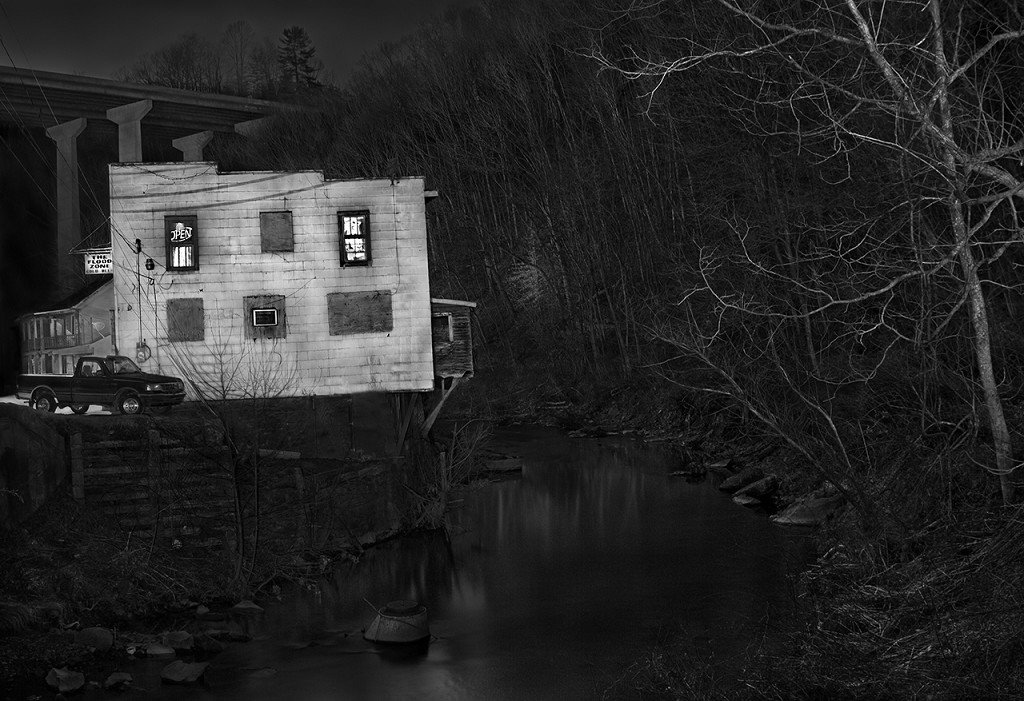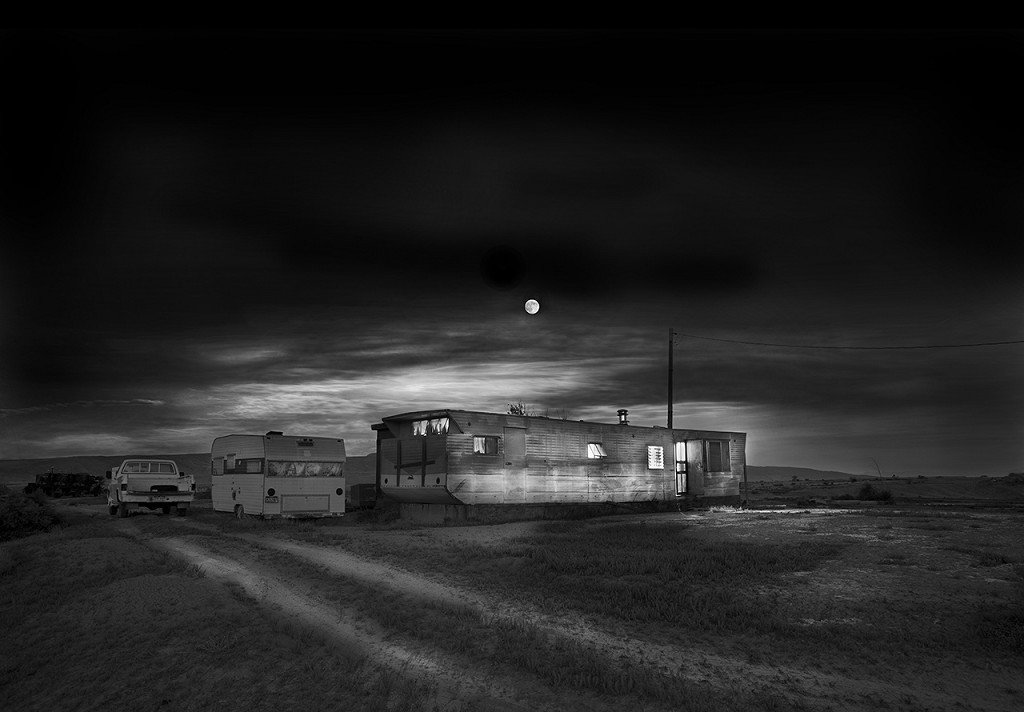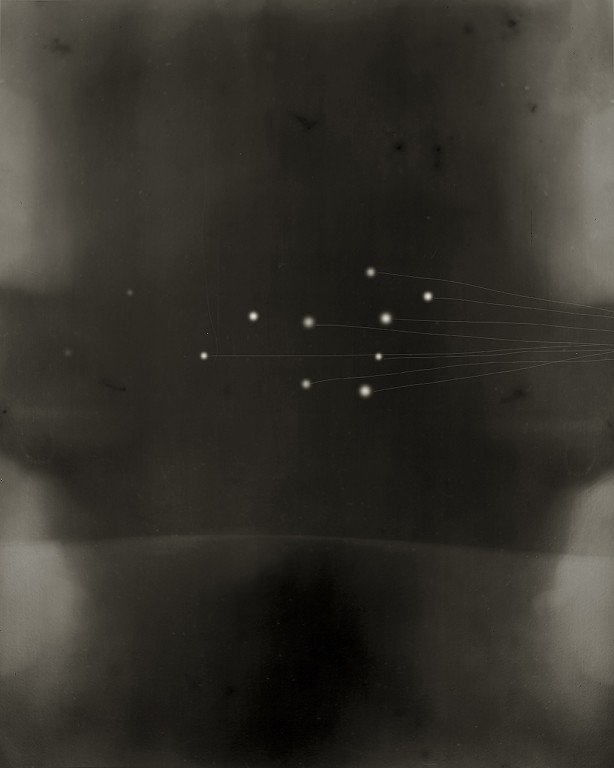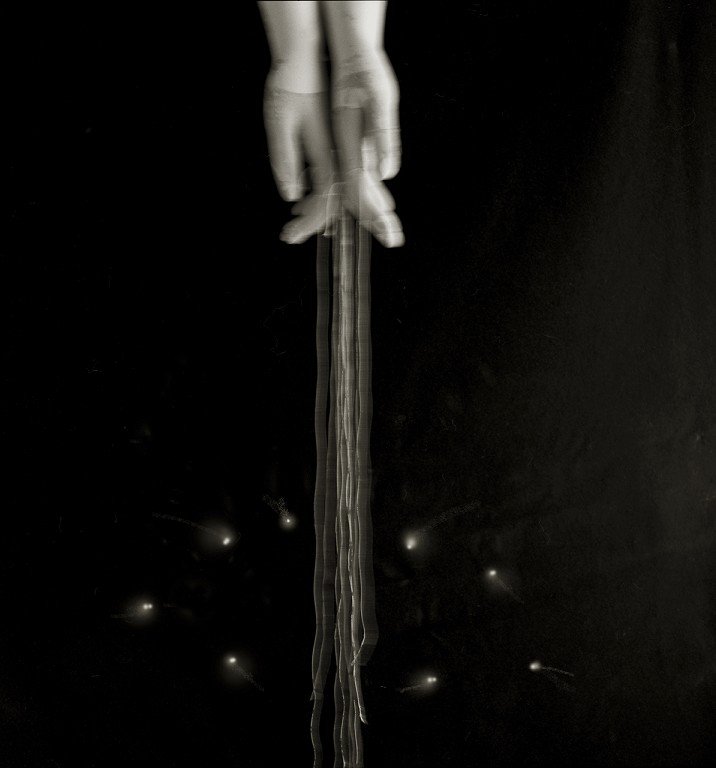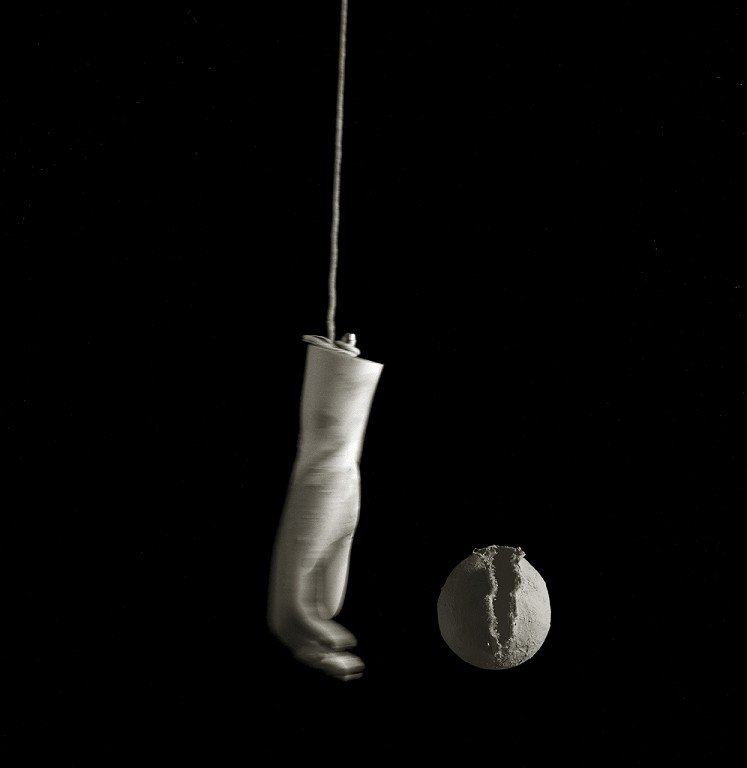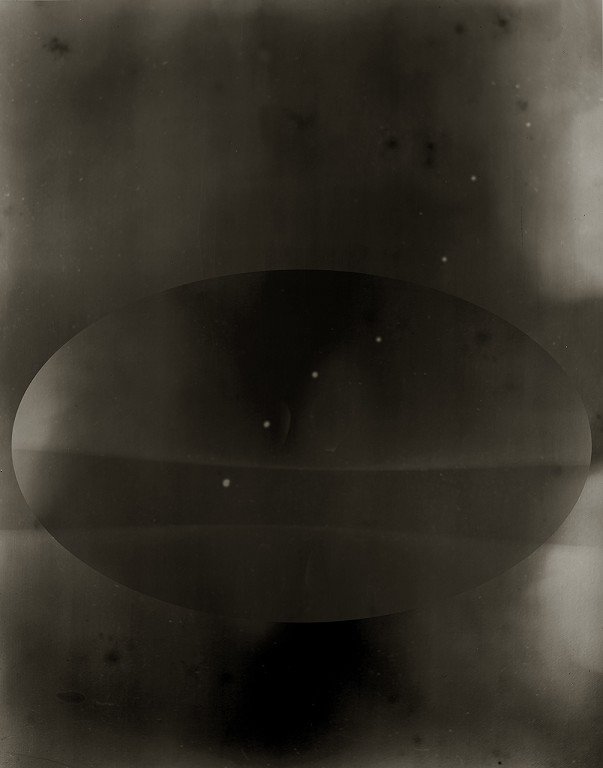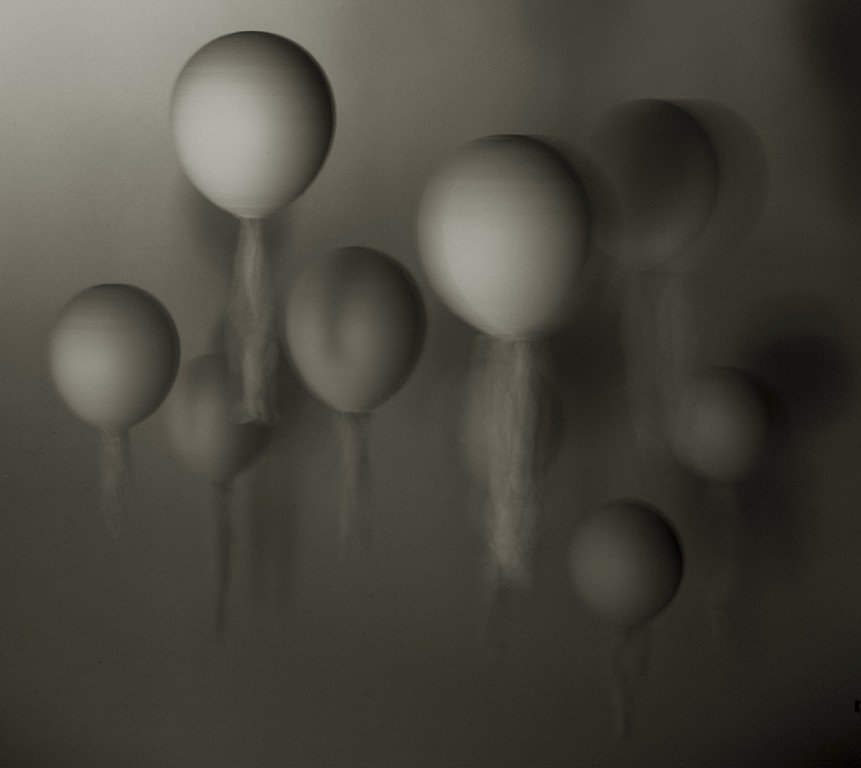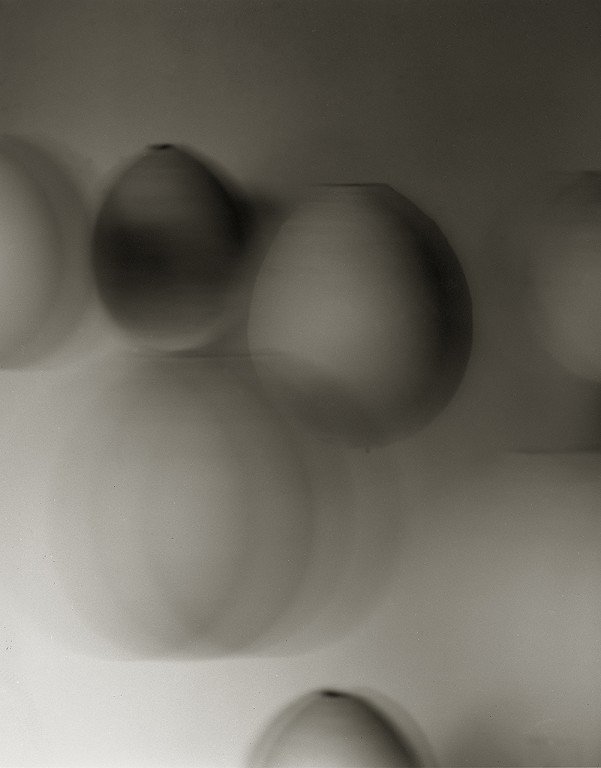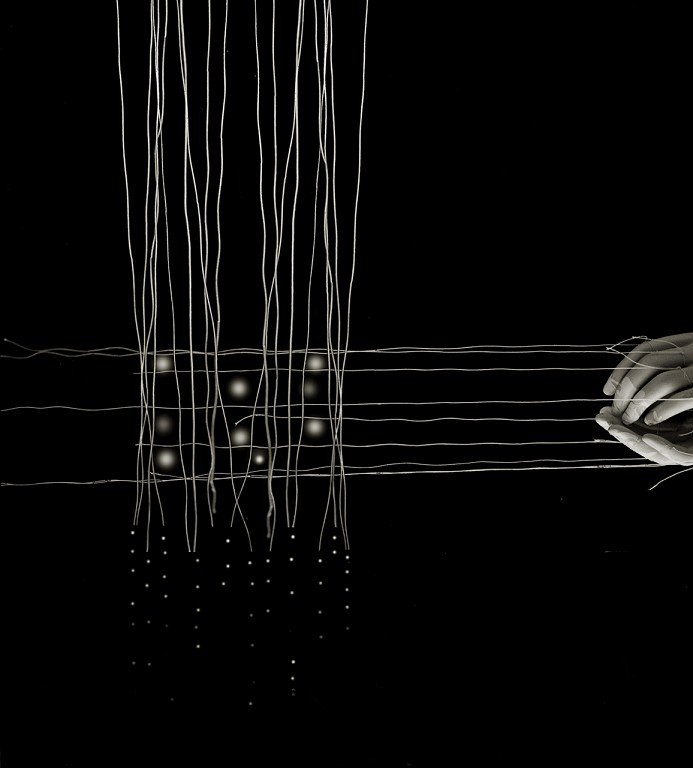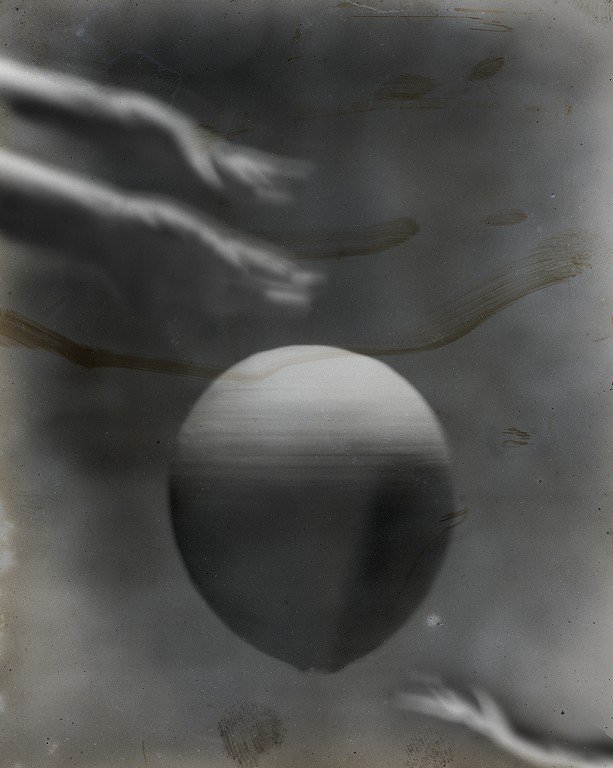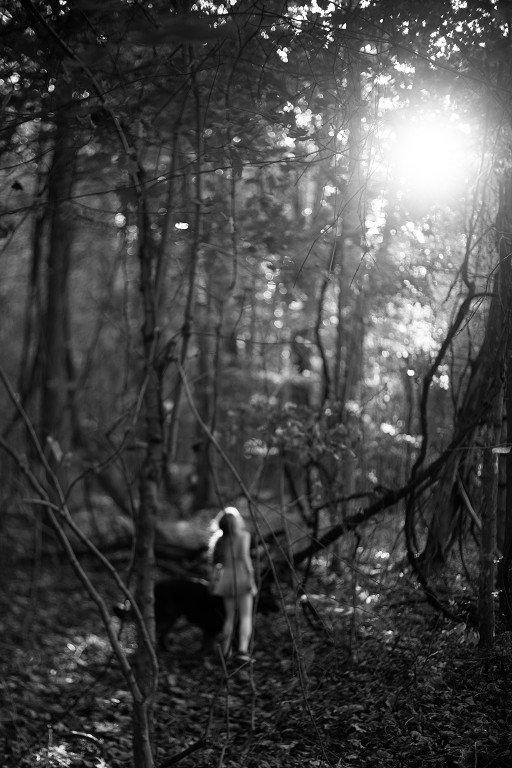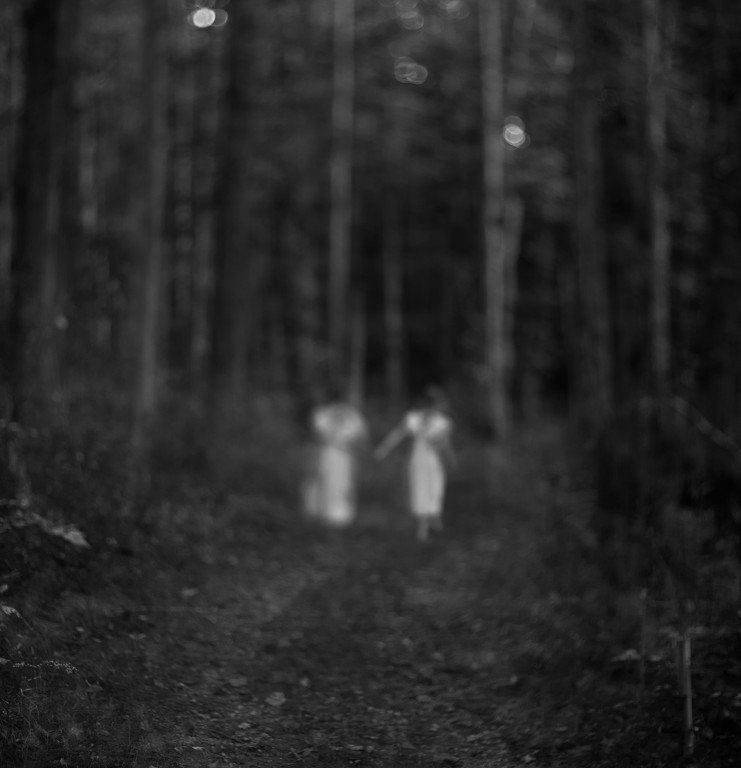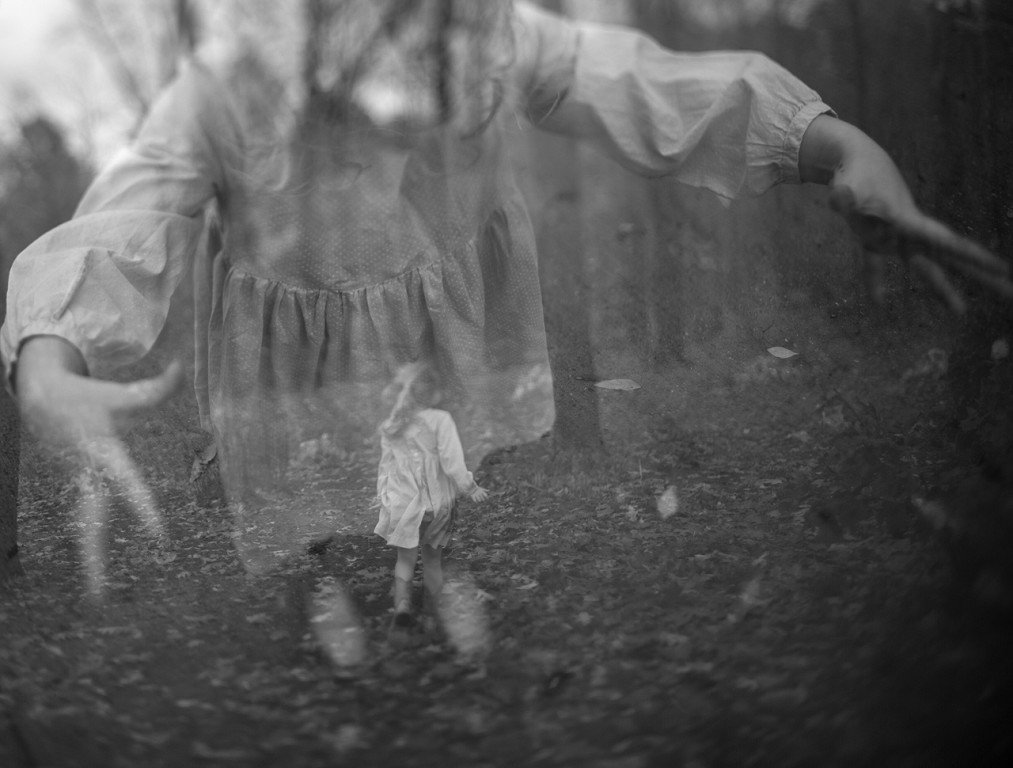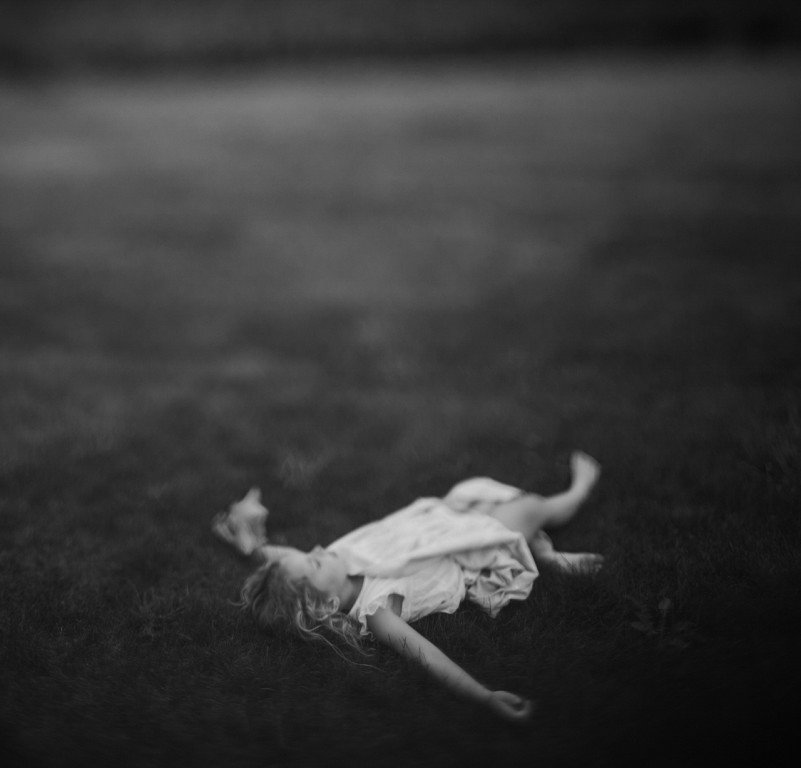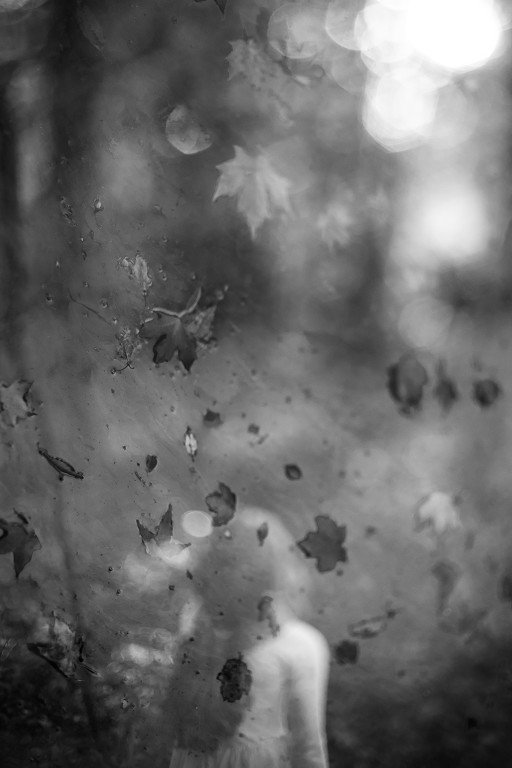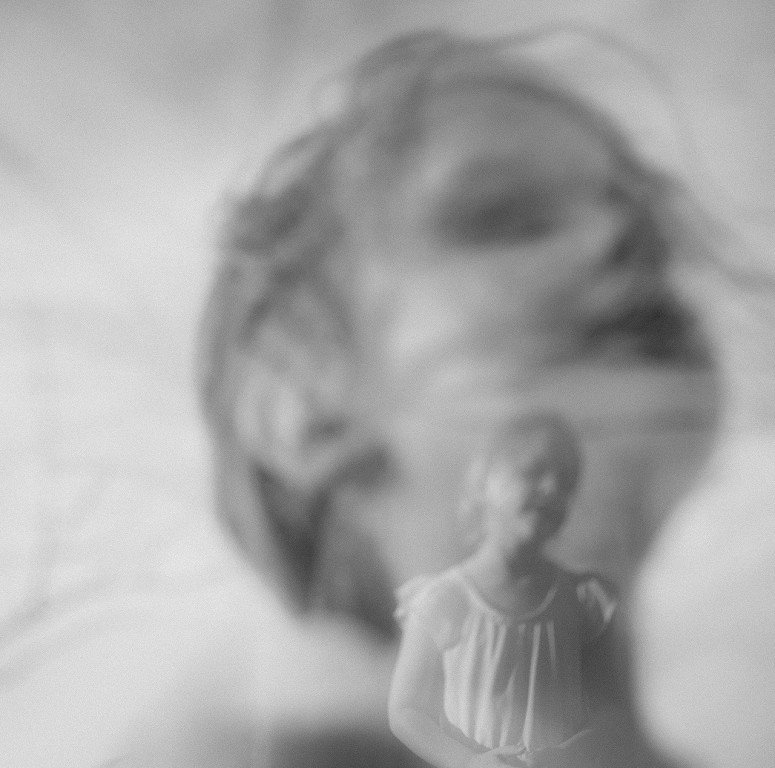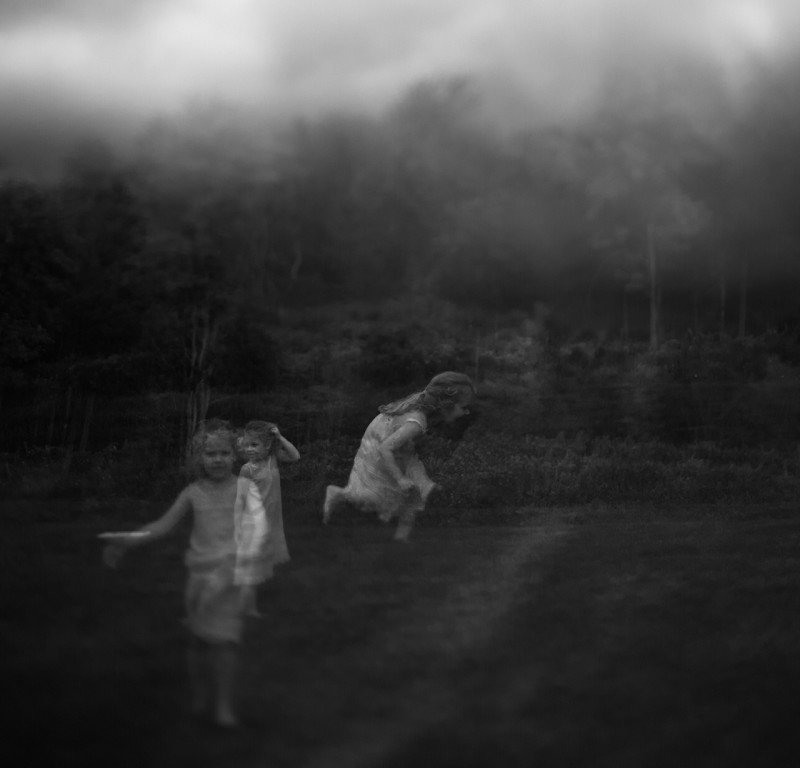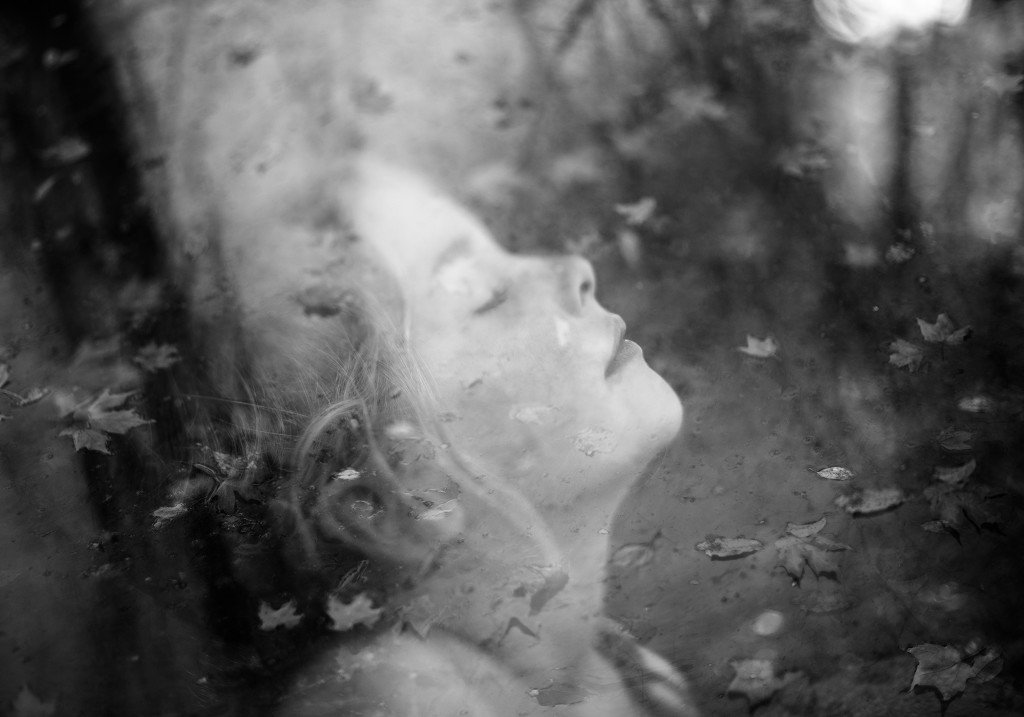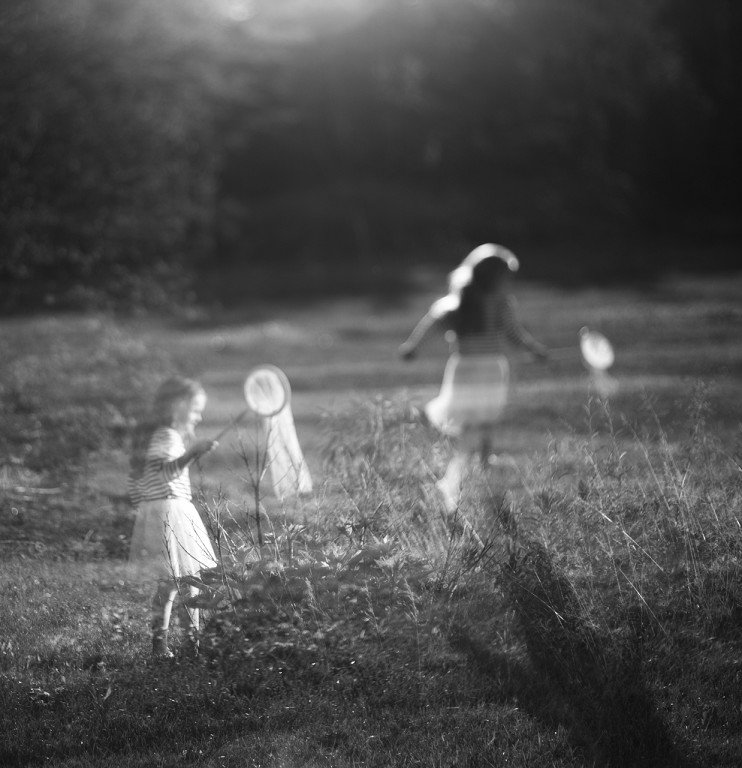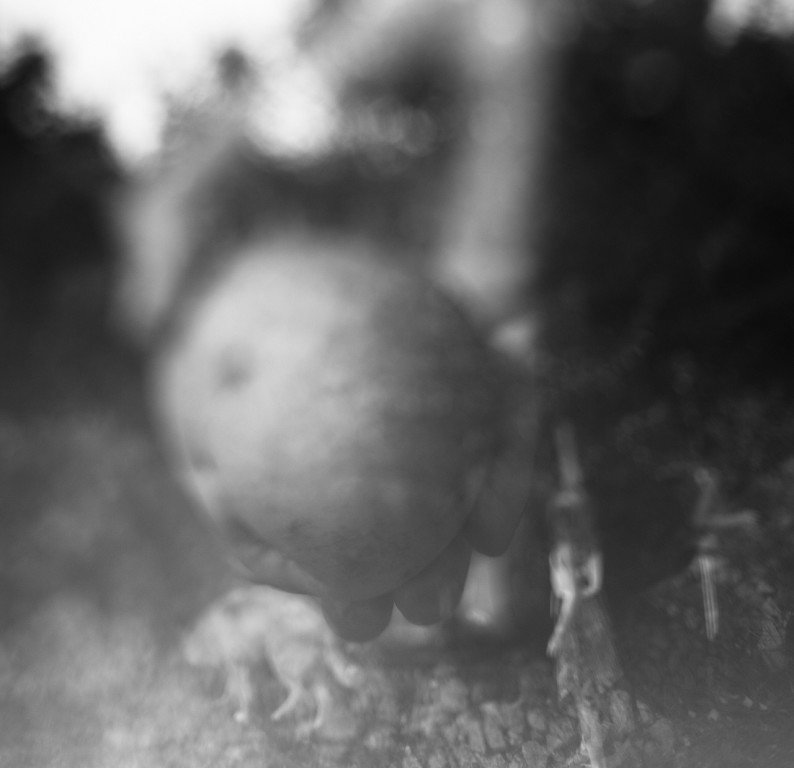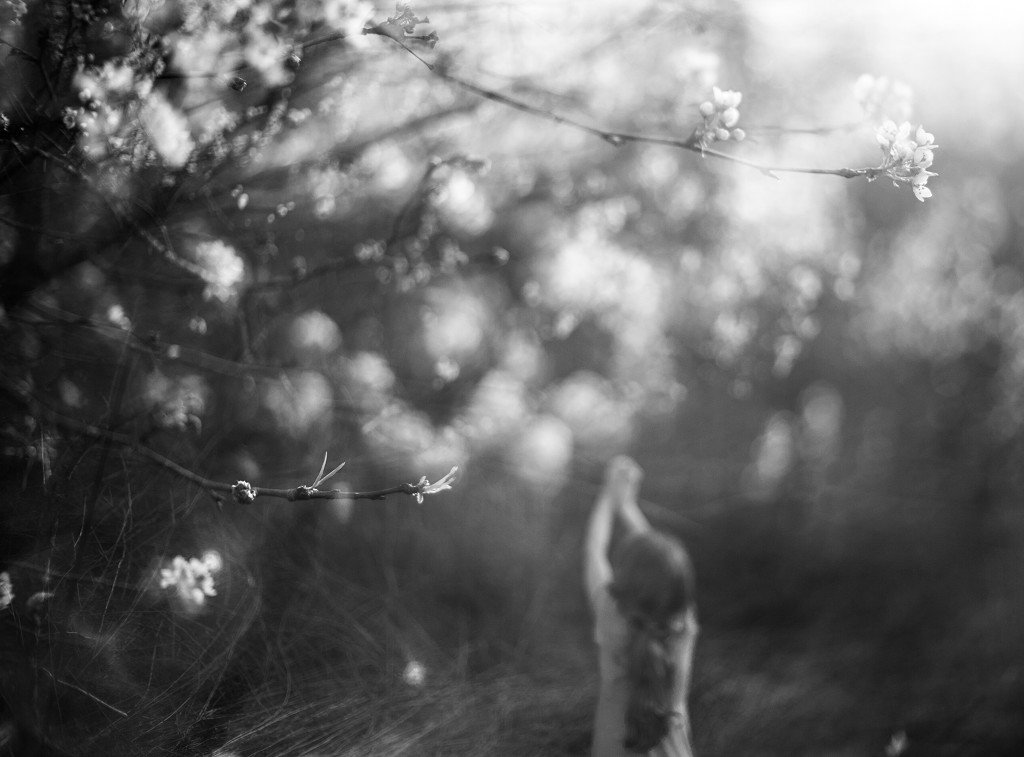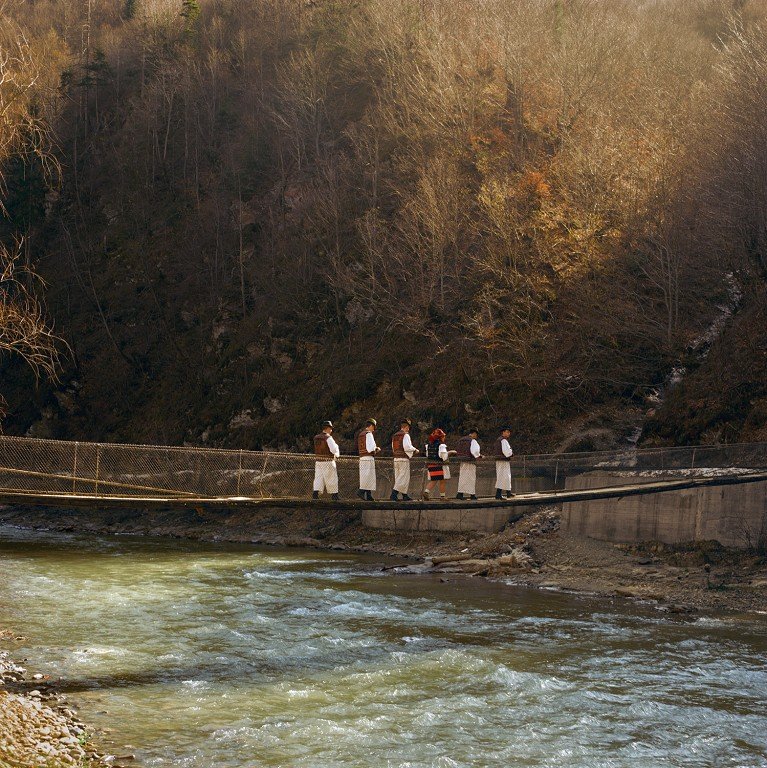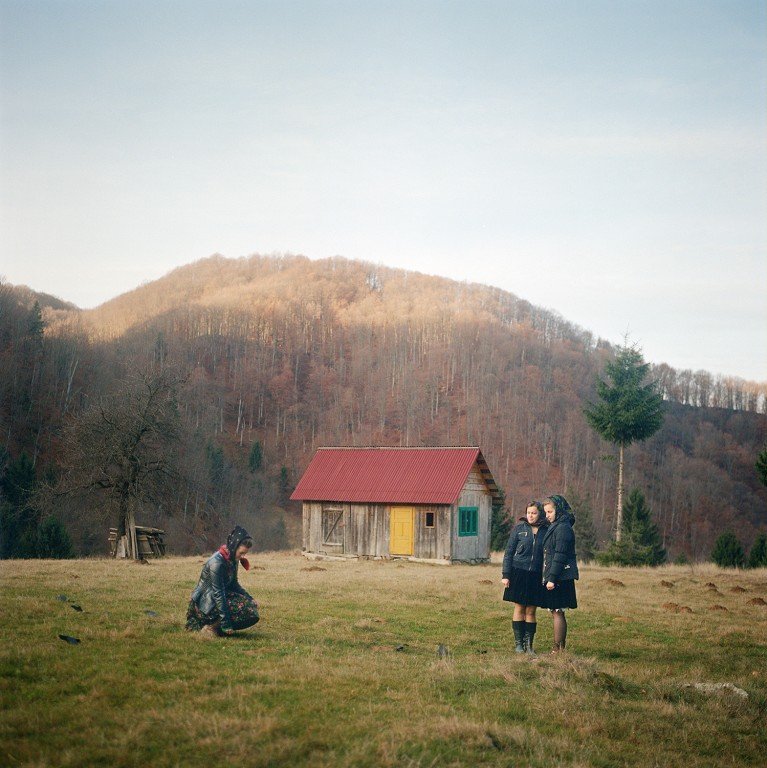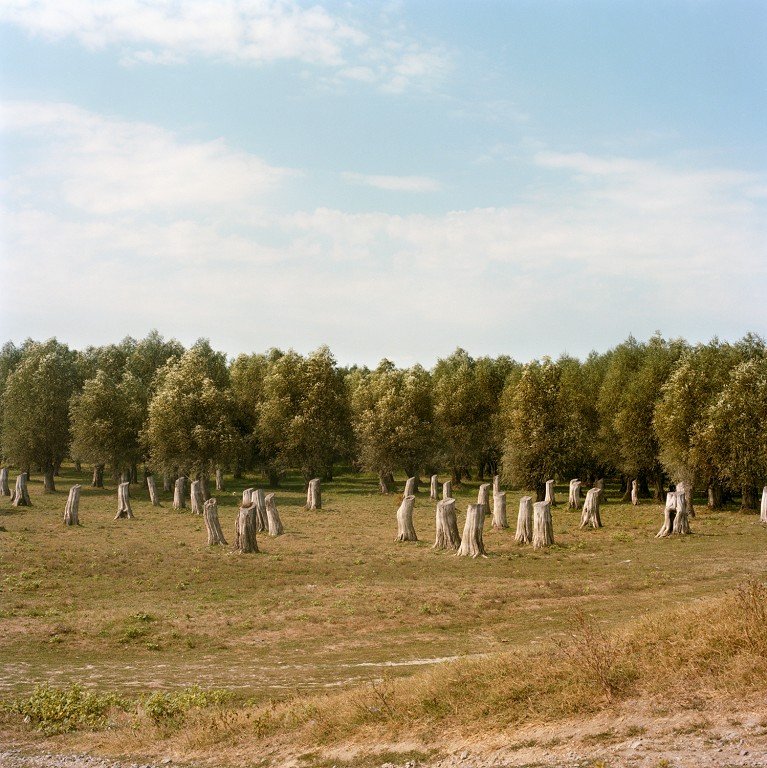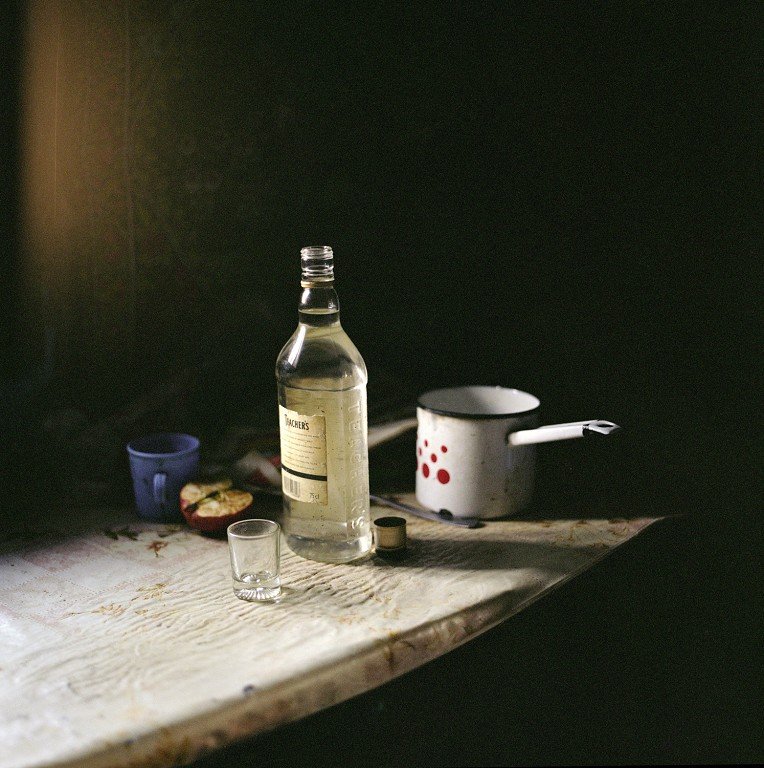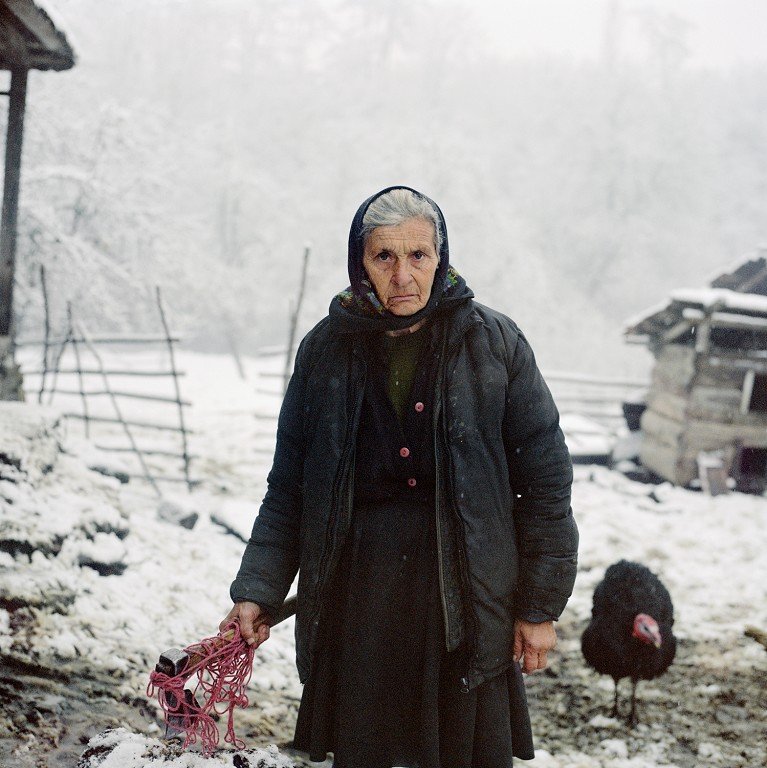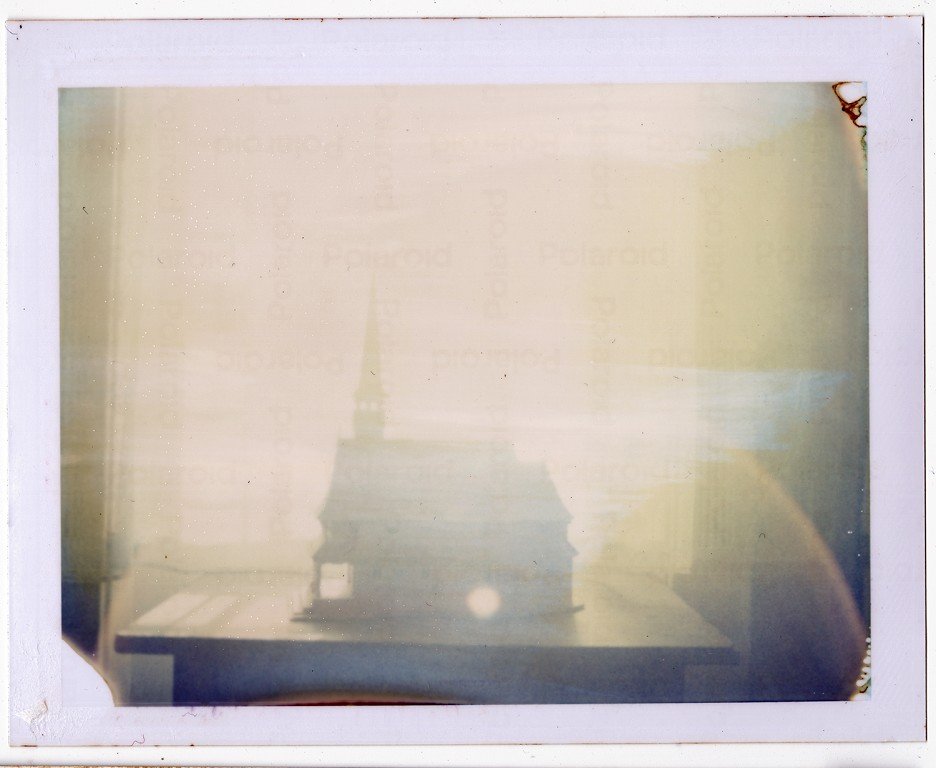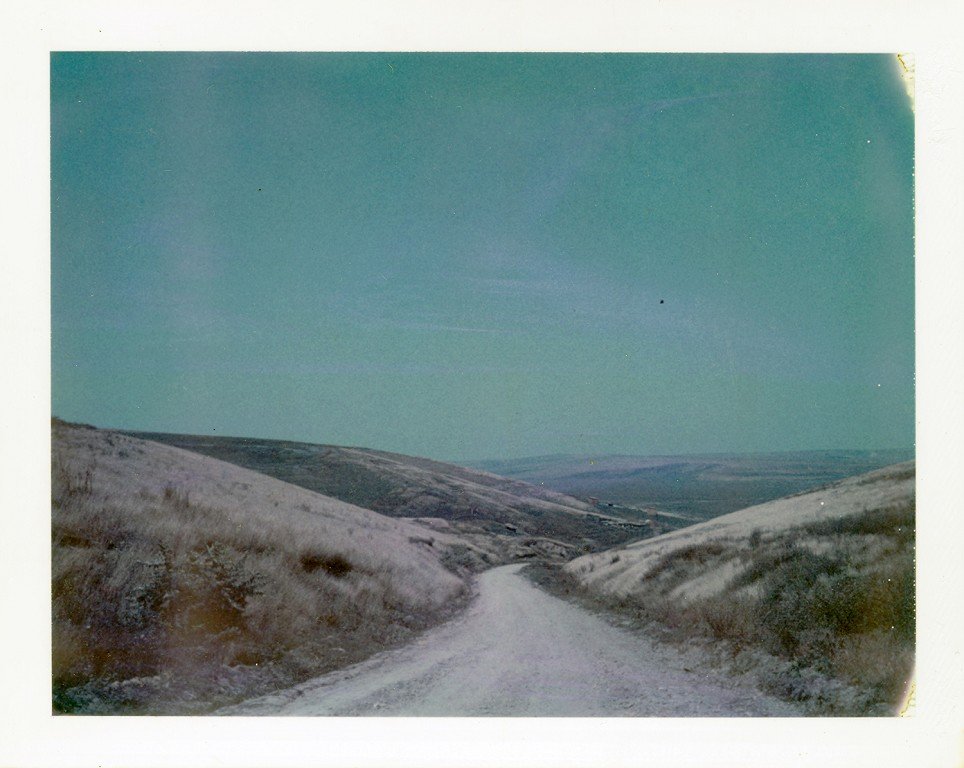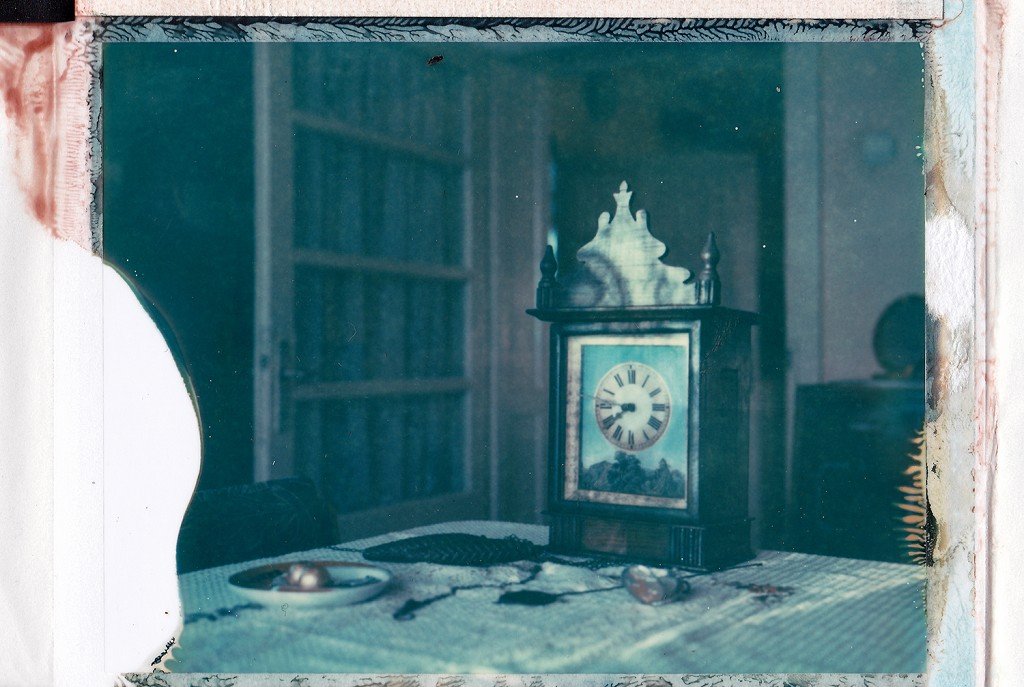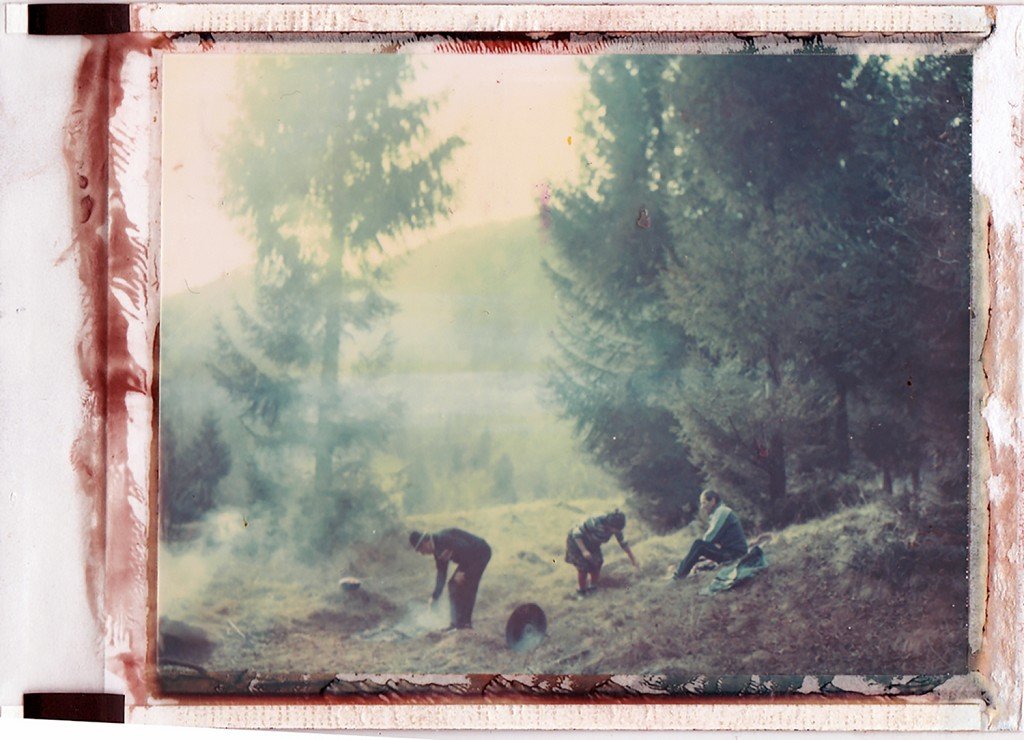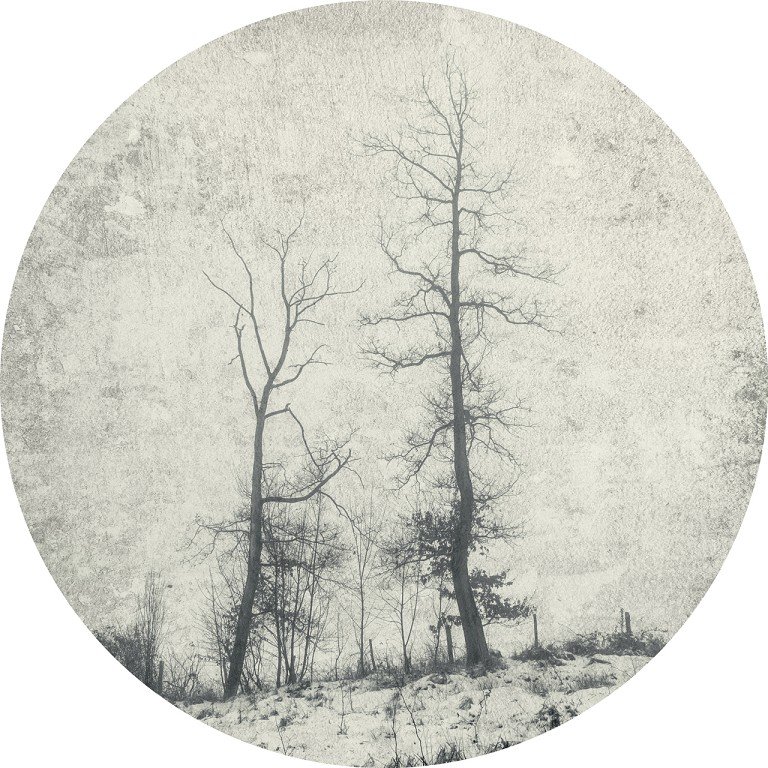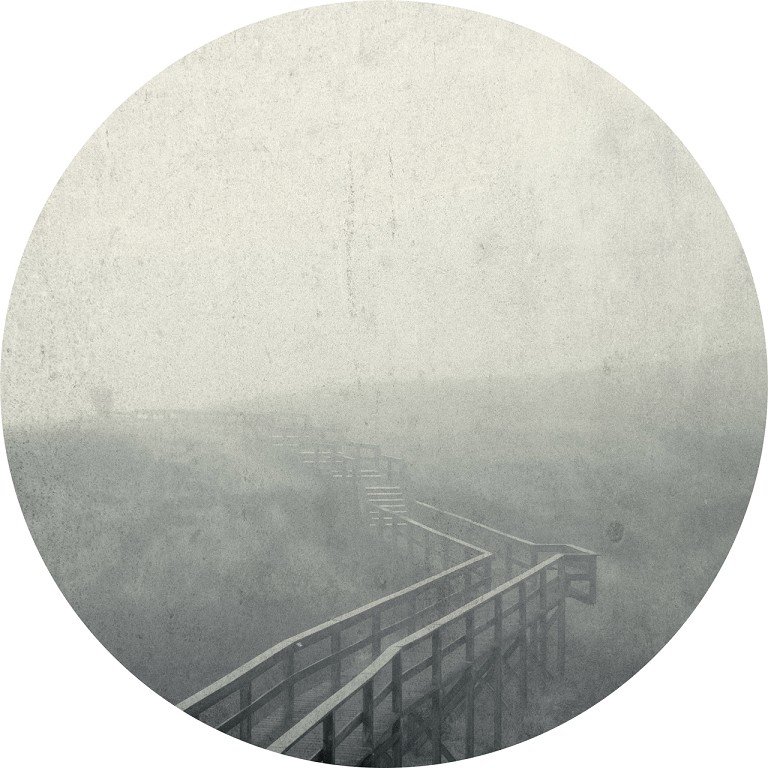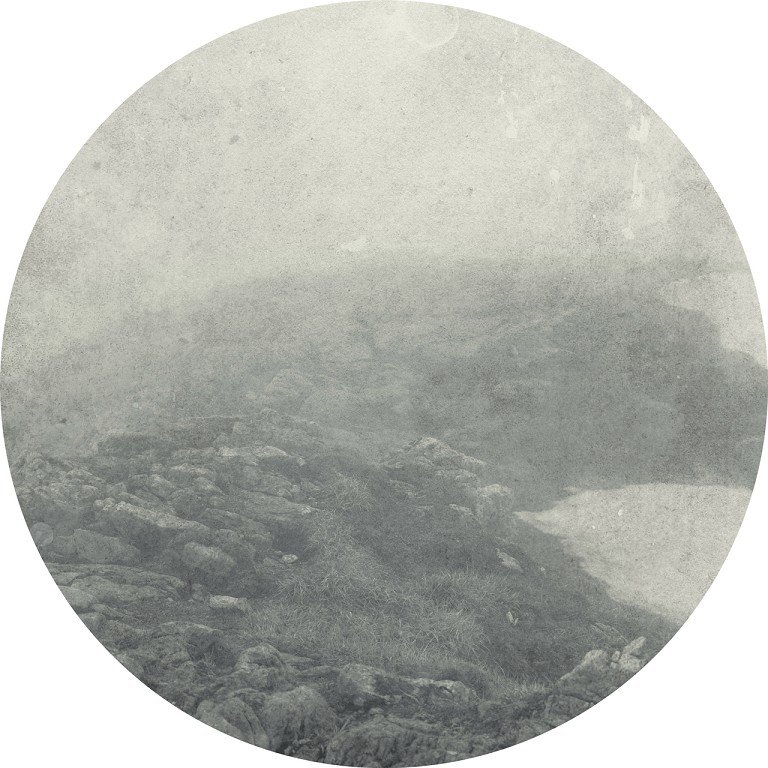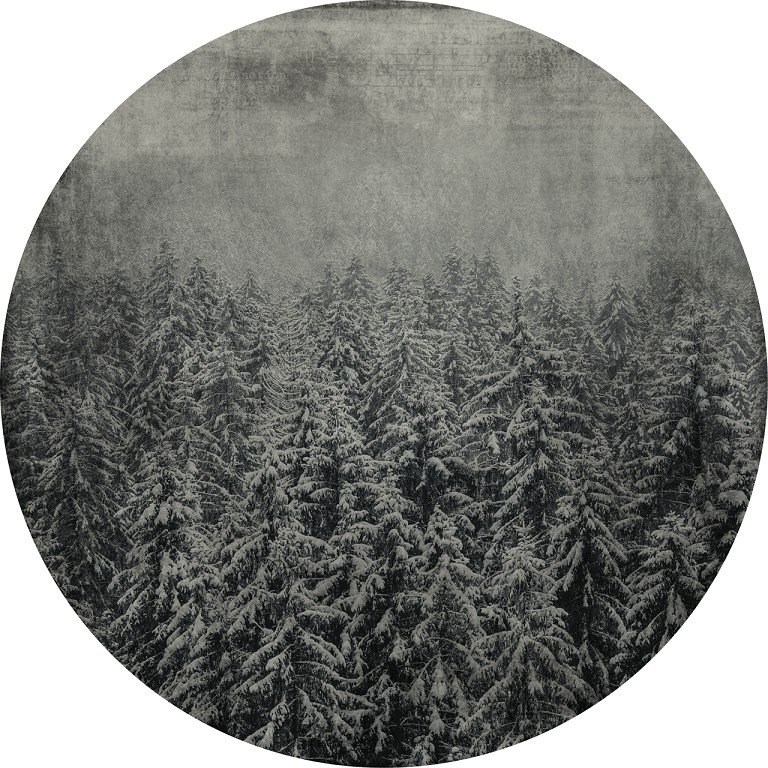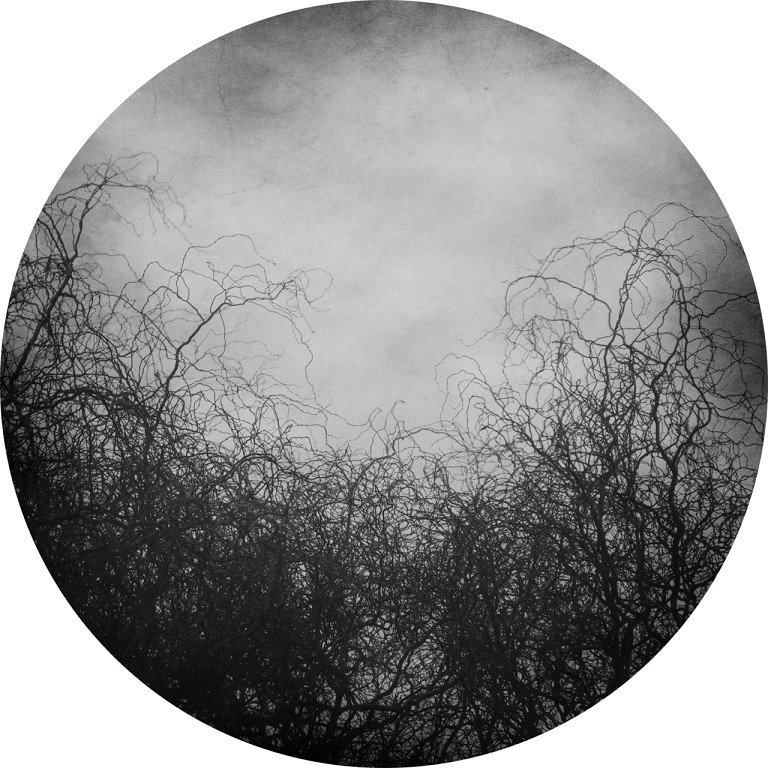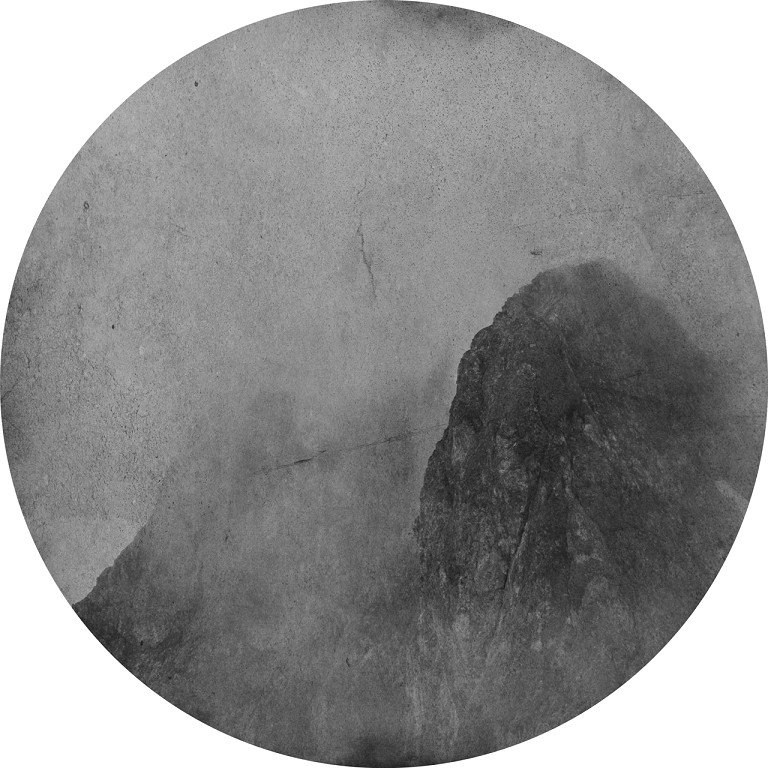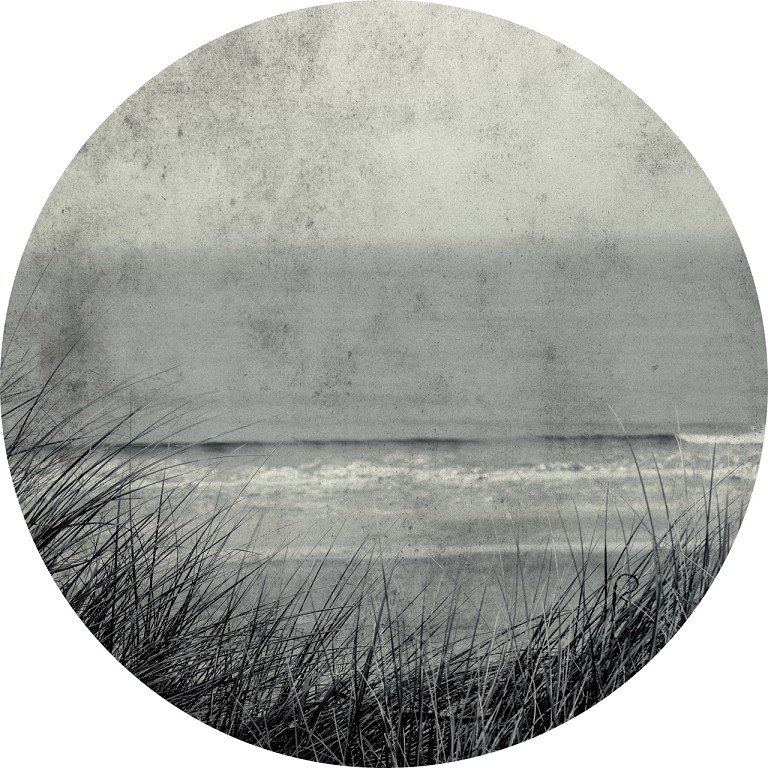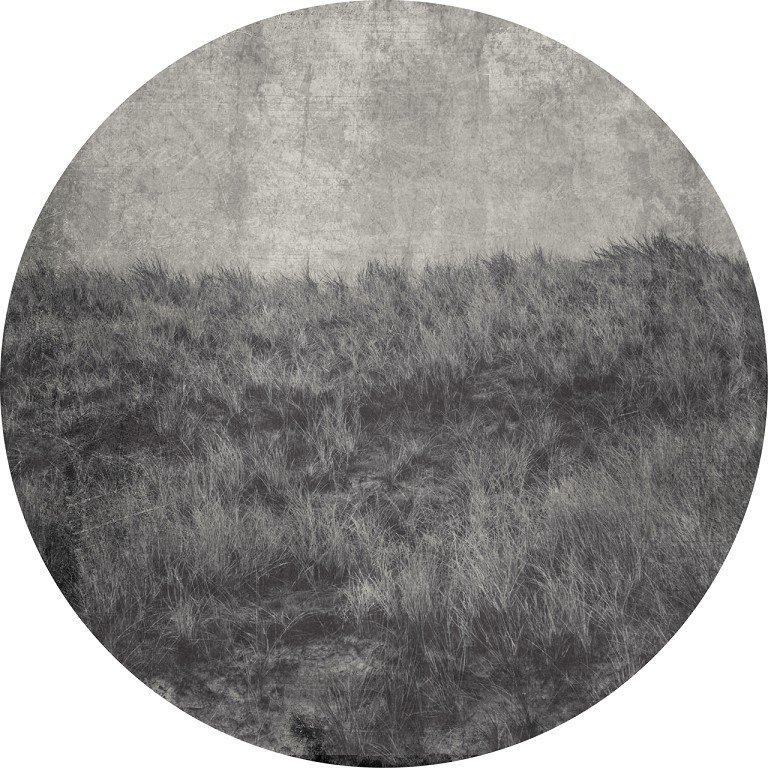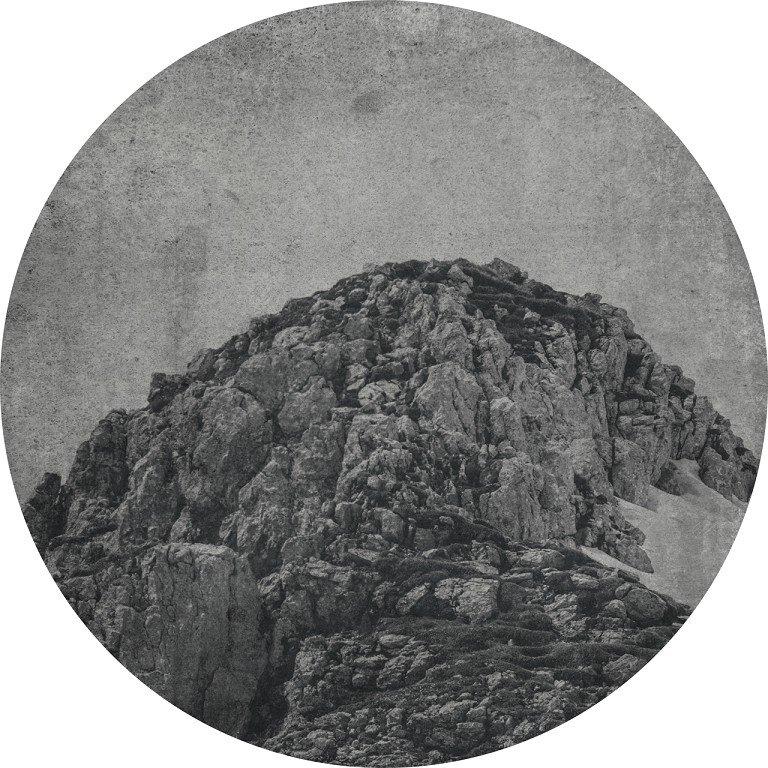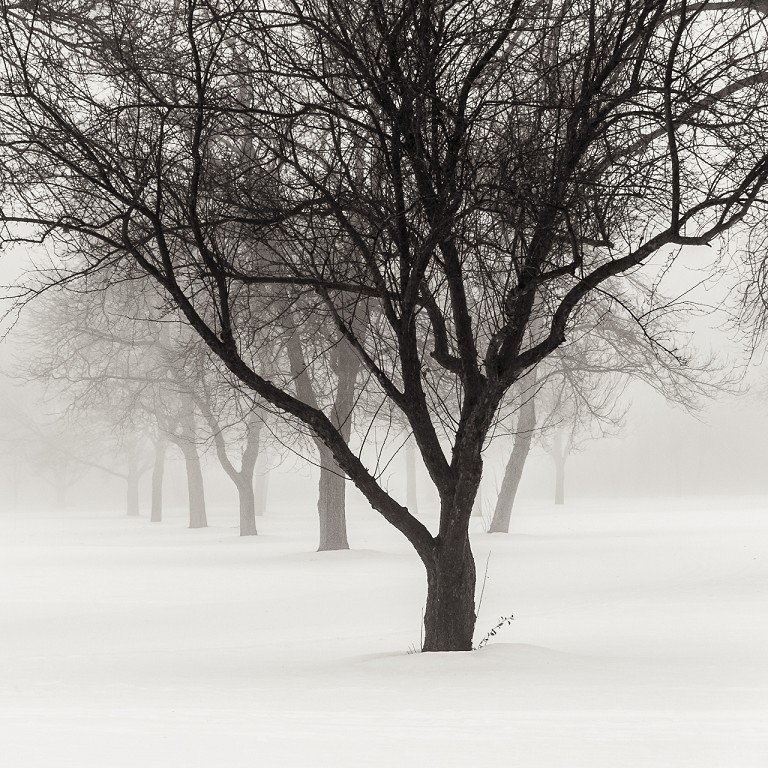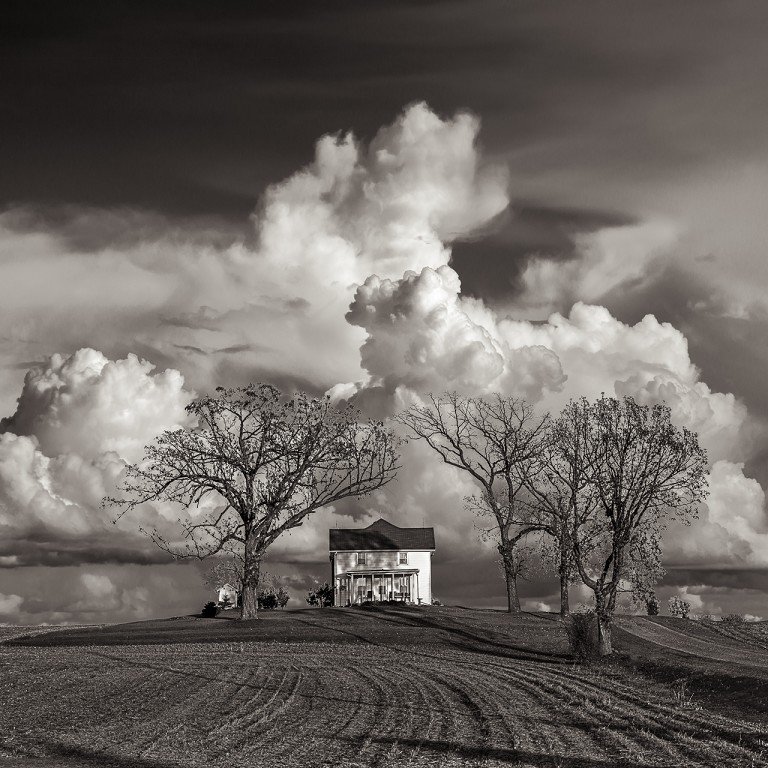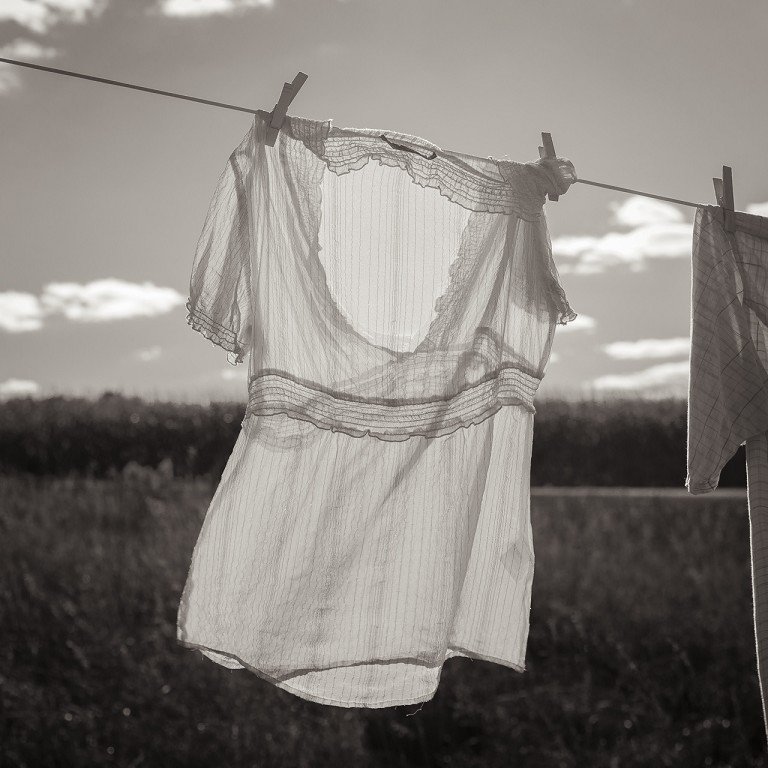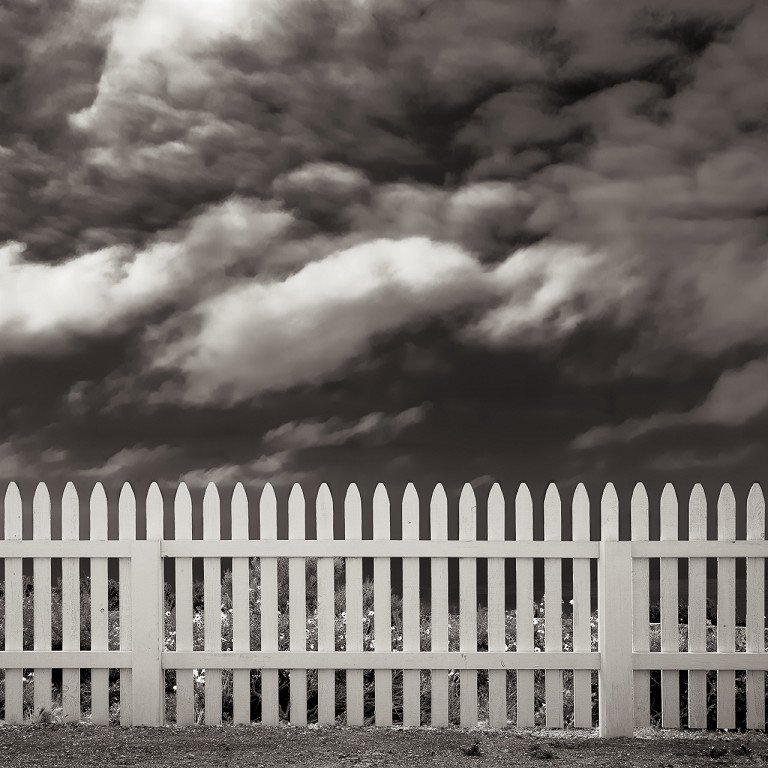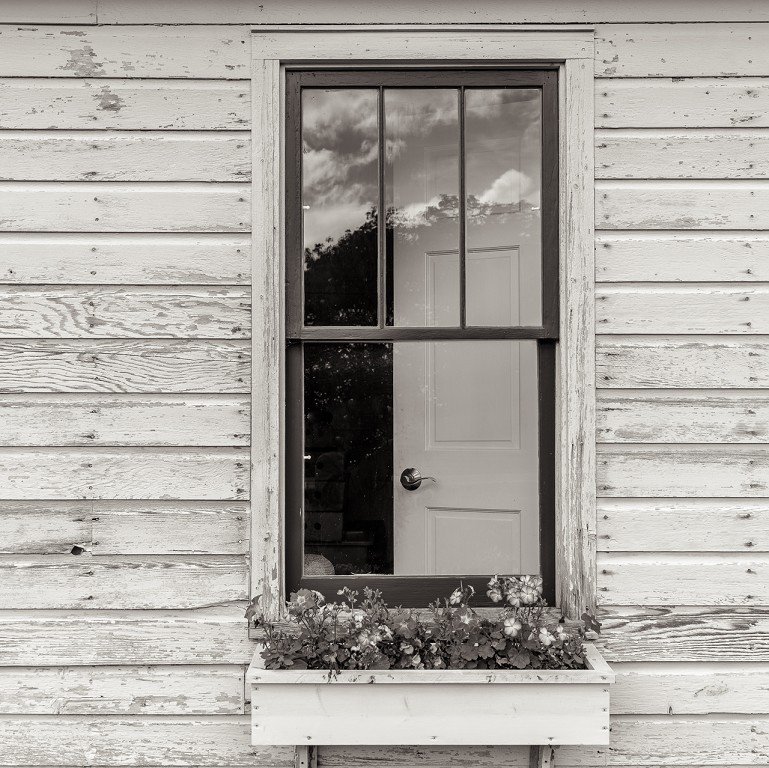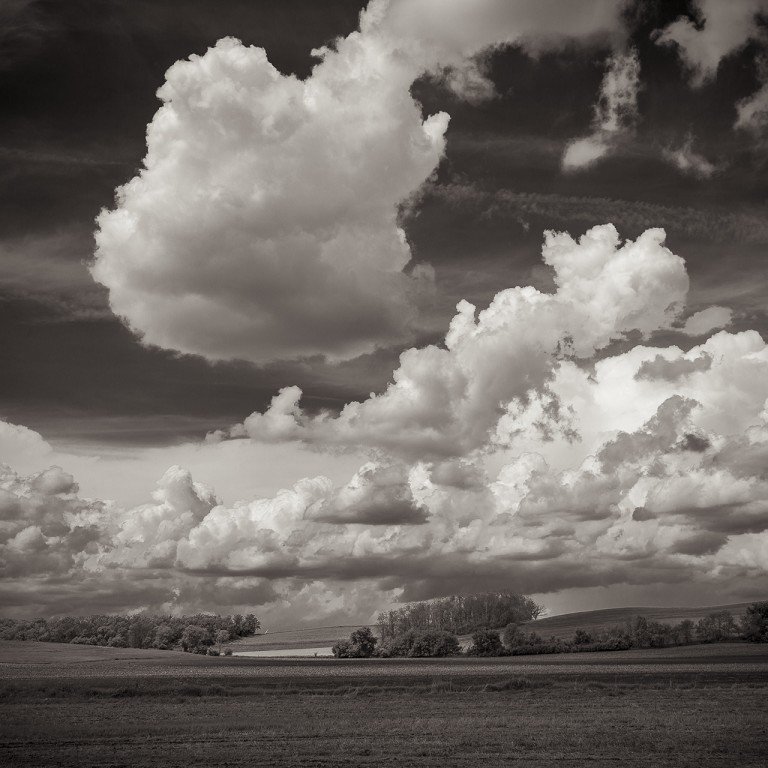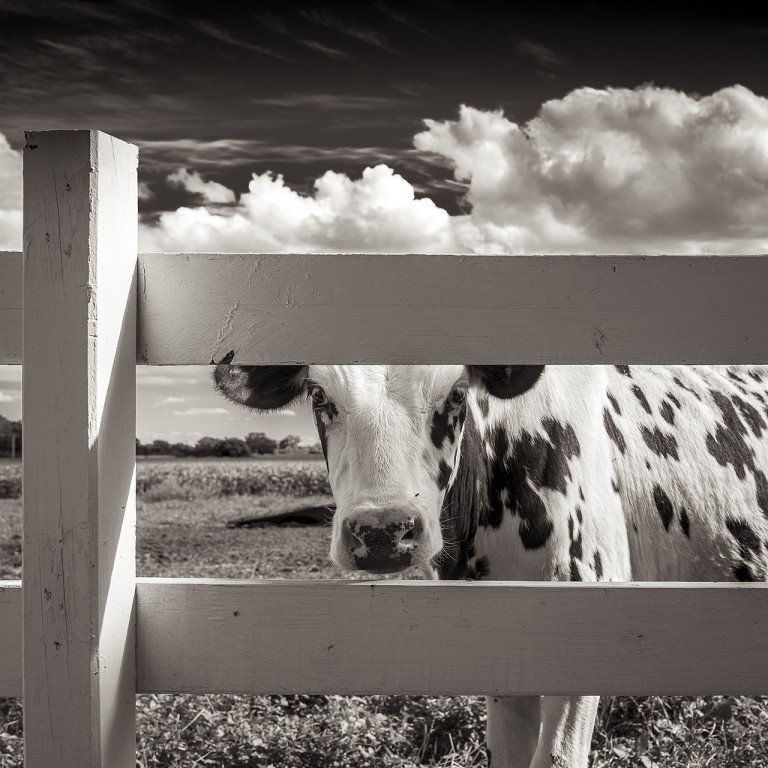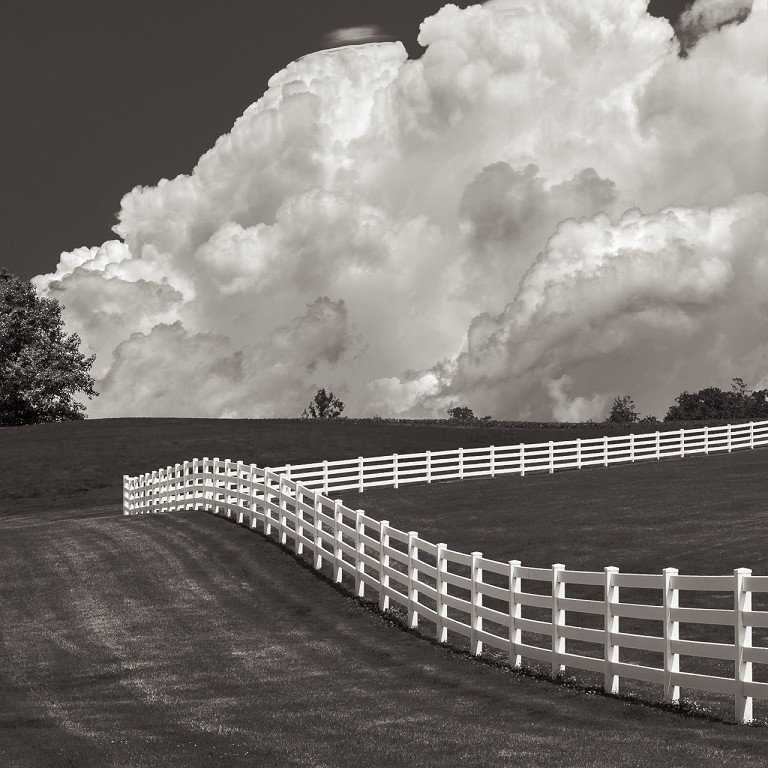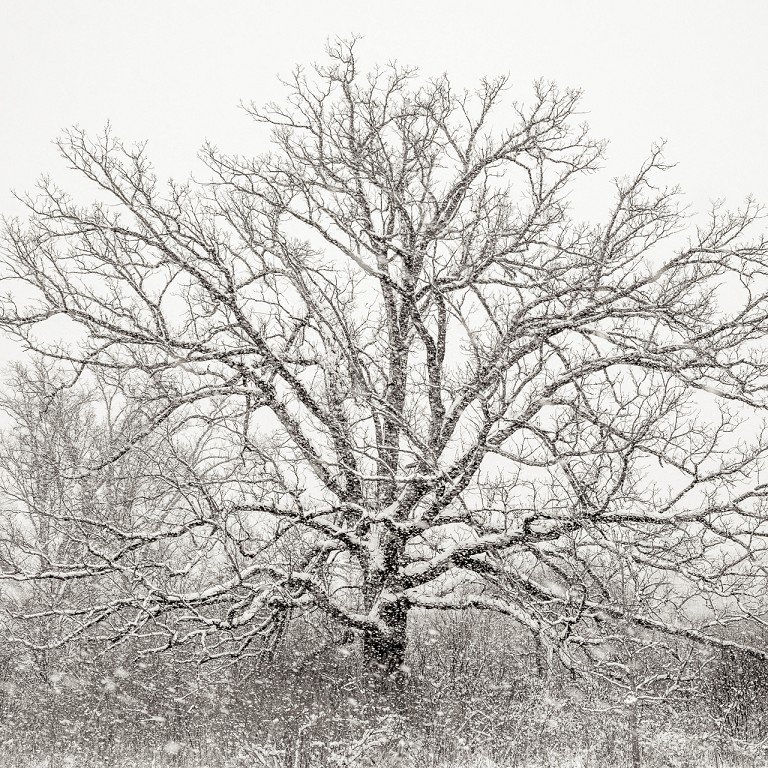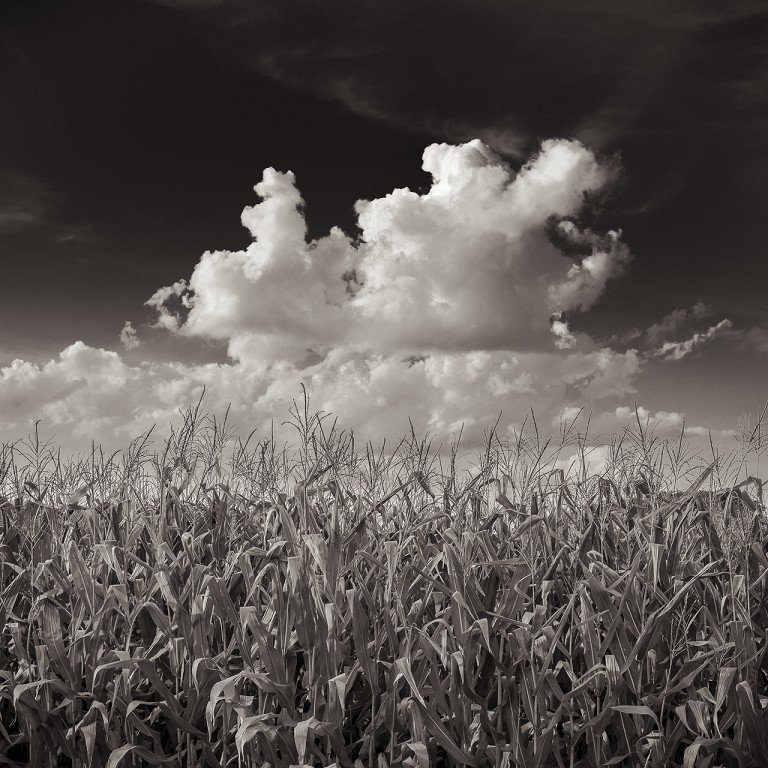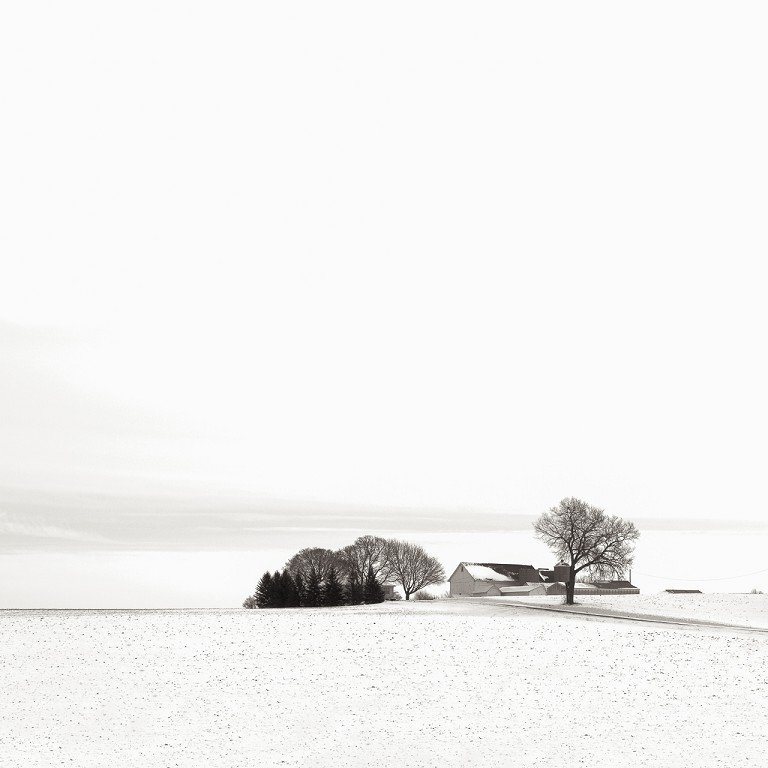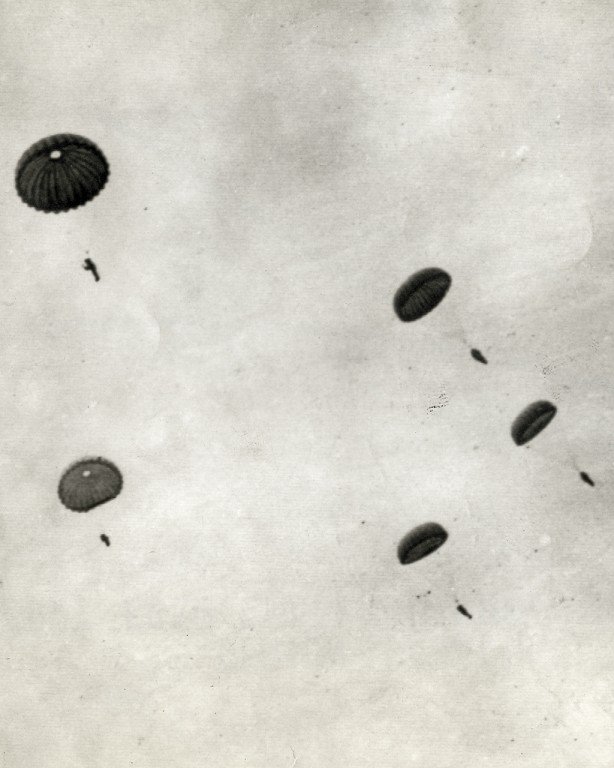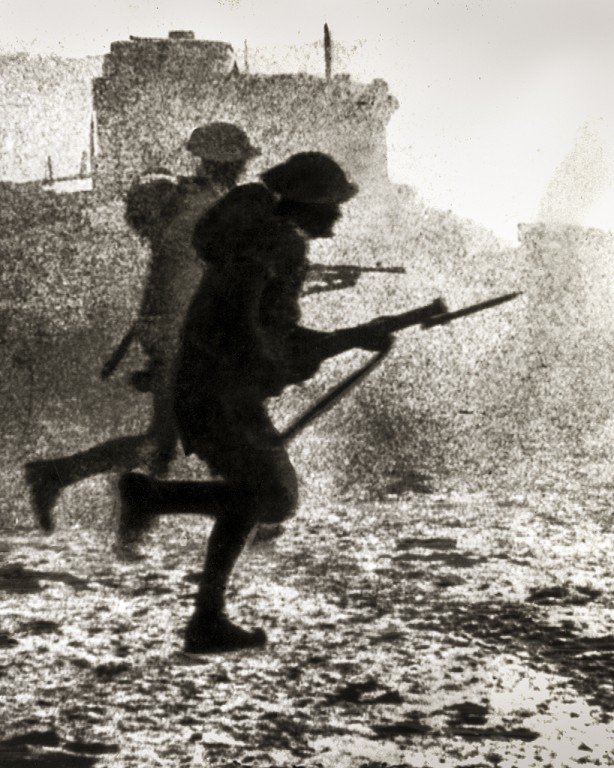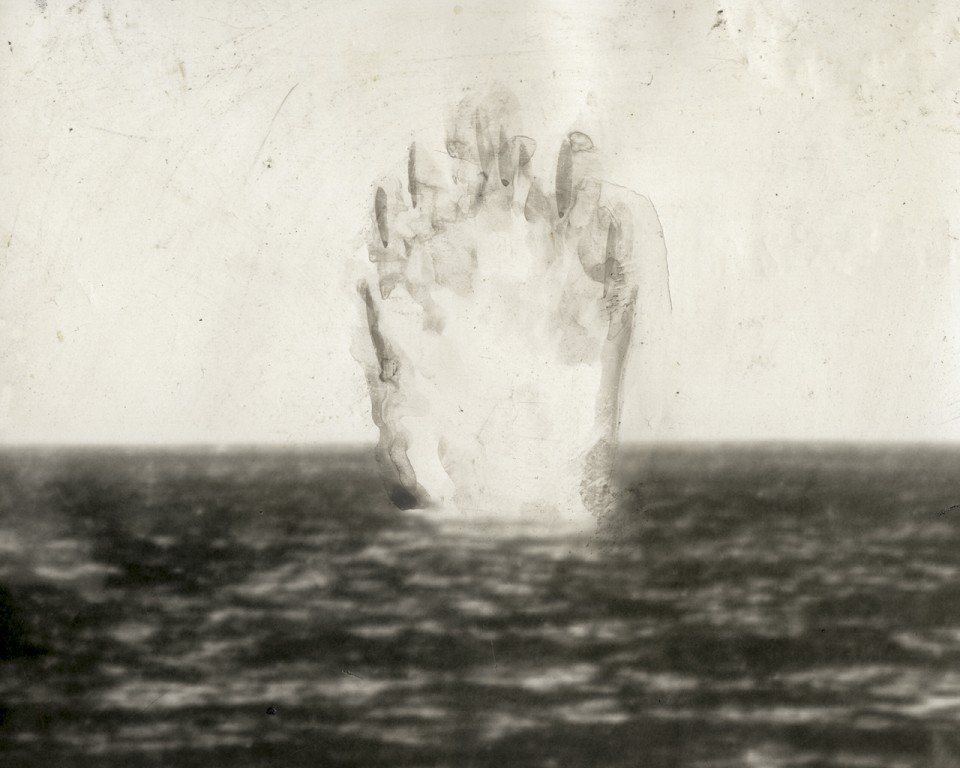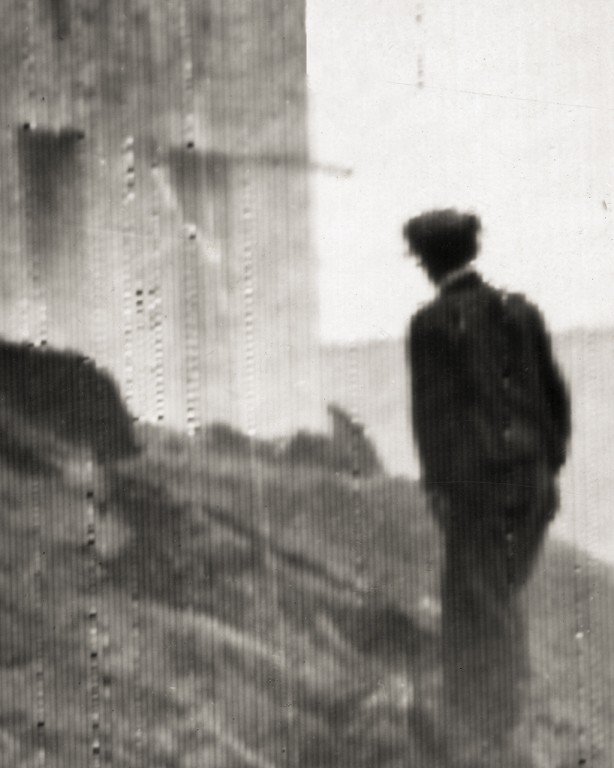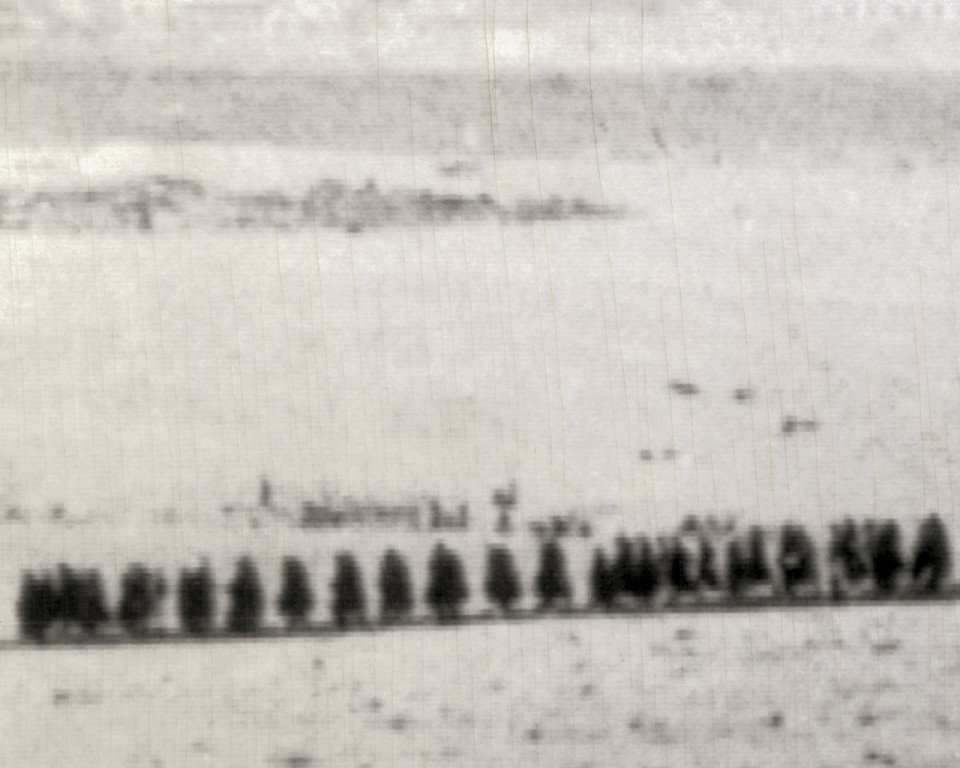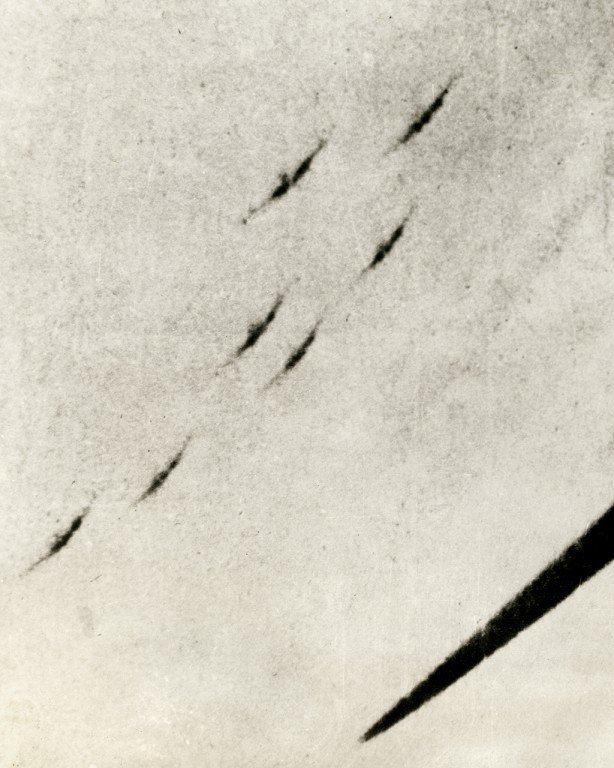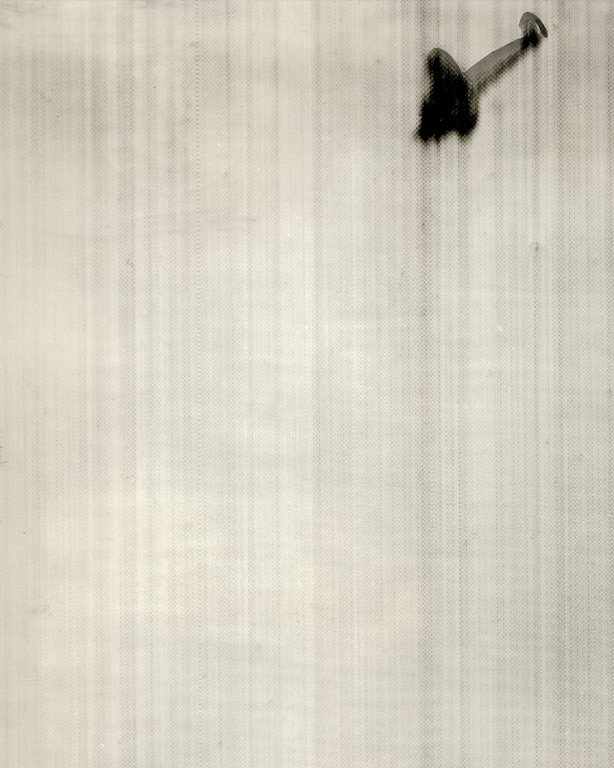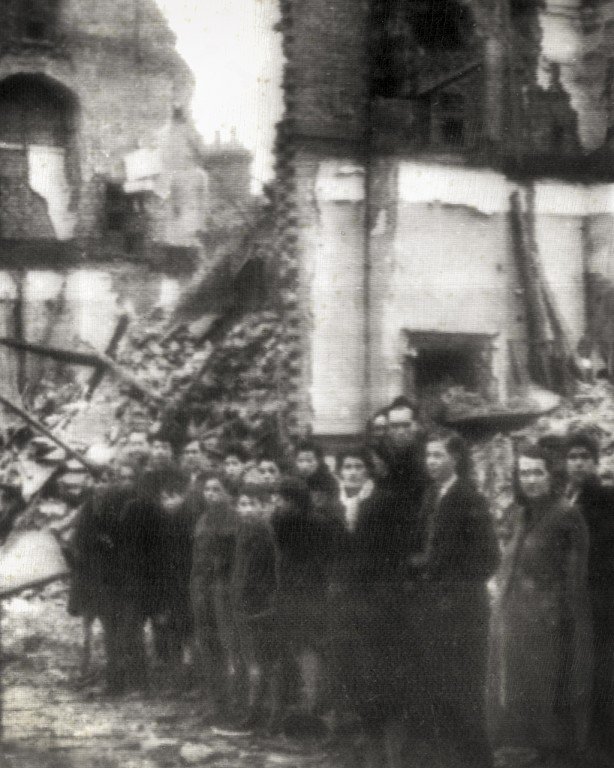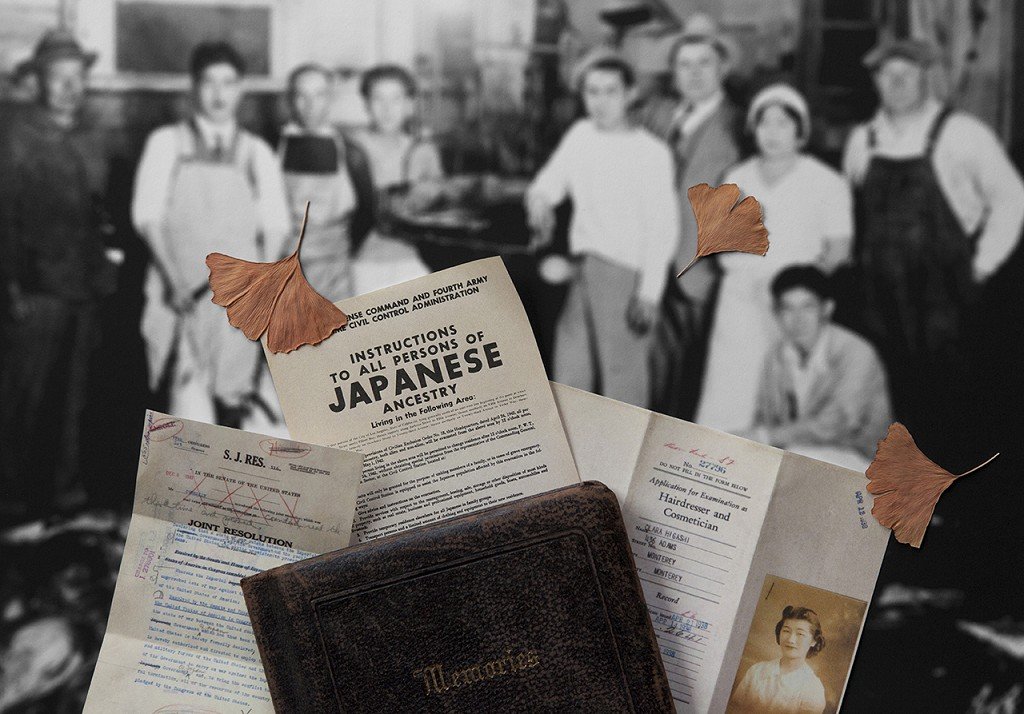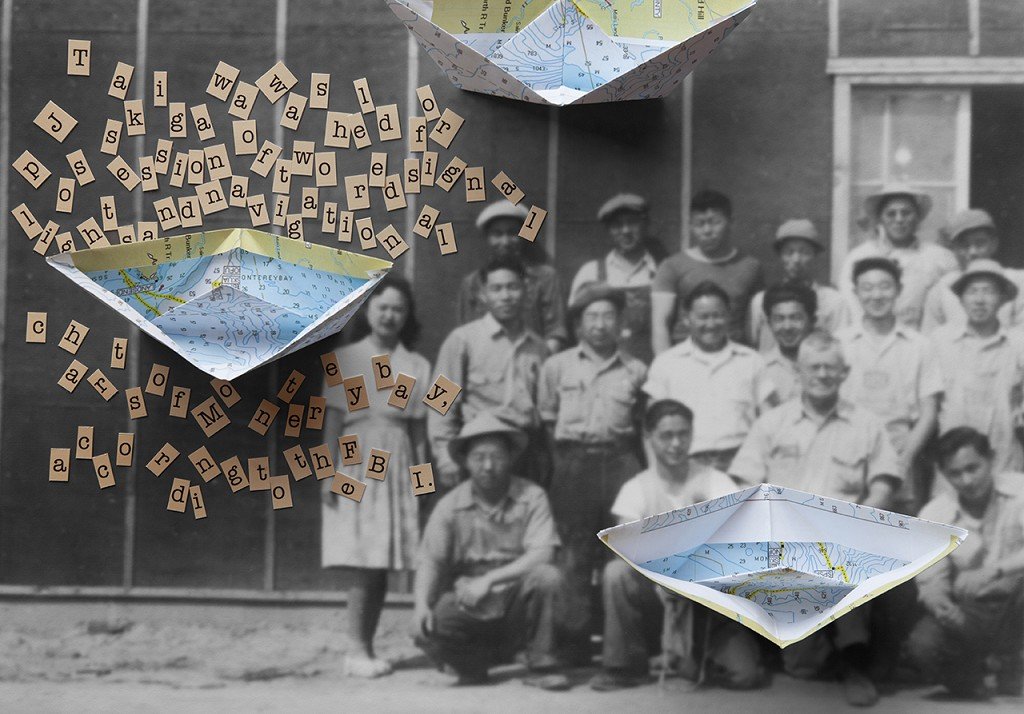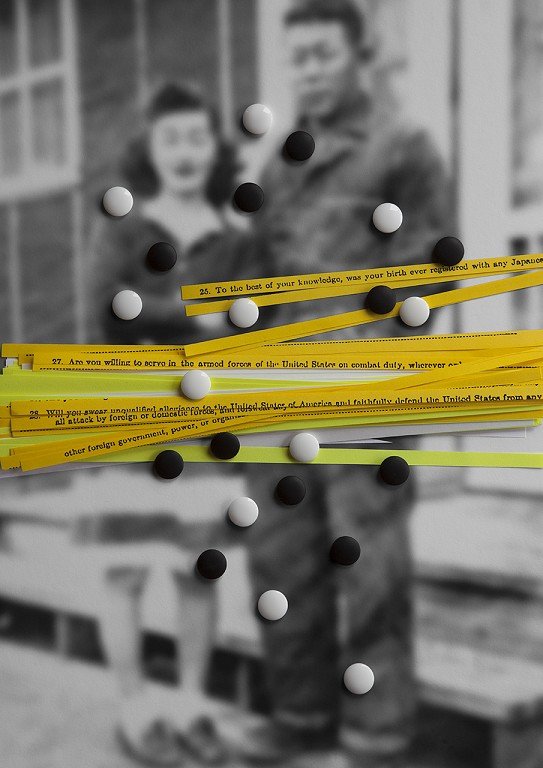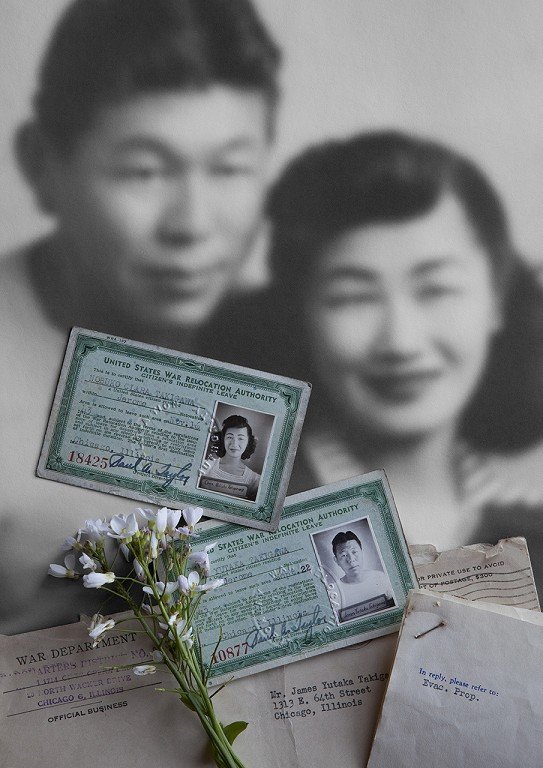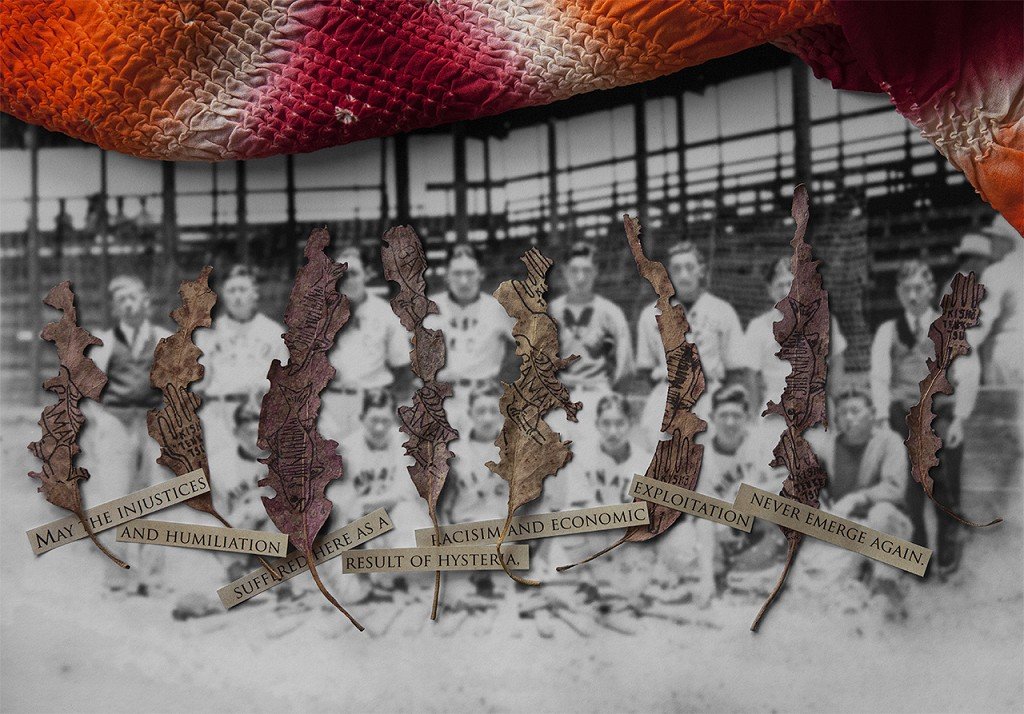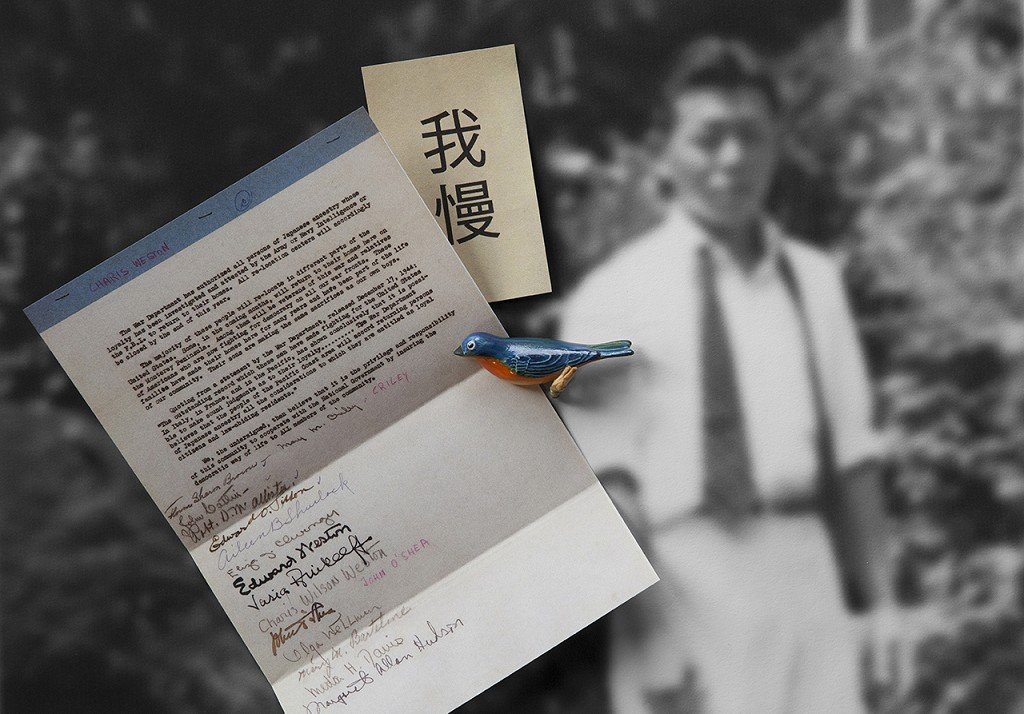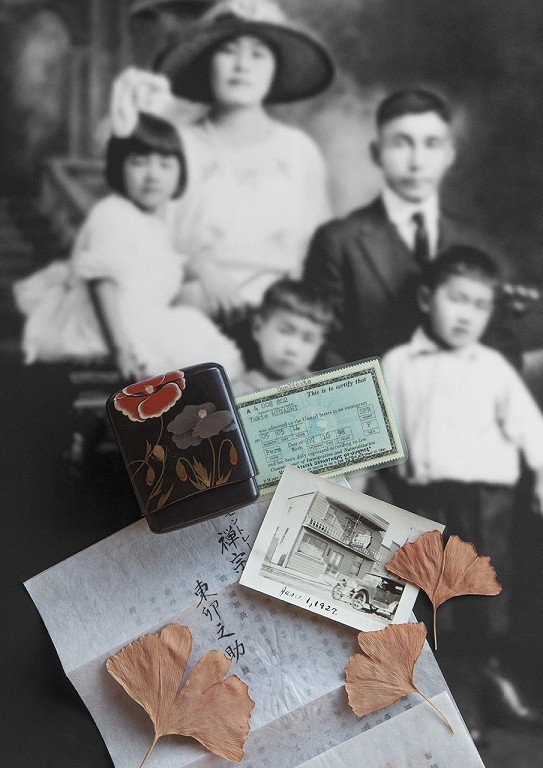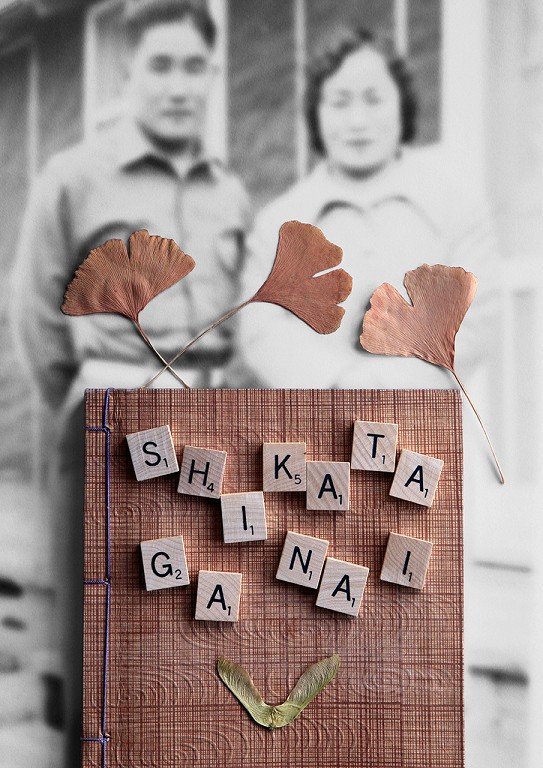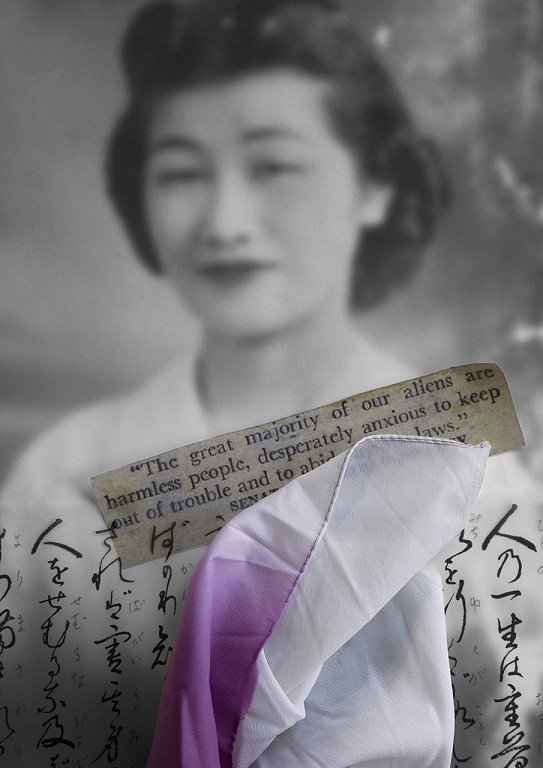EXHIBITION DETAILS
Portfolio Showcase Volume 10
February 2 - March 3, 2018
STATEMENT
Portfolio ShowCase 10 is an album of work that has the ability to beckon my attention and elicit an emotional response. Ultimately, the images I chose resonated with me personally. They are imbued with a sense of timelessness and nostalgia, ambiguity and mystery, quietude and isolation, and portray a separation from the modern world that I find comforting.
JoAnn Carney’s black and white photographs are simple, yet profound portraits that capture the individual characters and personalities of her subjects through the depiction of their hands. The acute detail in Carney’s photographs reveals a wealth of information. In these twelve distinct portraits we see hard-working men, devout women, hopeful youth, compassionate, wise, pensive, tired and hopeful individuals. In only a few instances are there “props” – a rosary, a pendant, a wedding ring, a small decorative offering. It is truly the hands themselves – dirty, wrinkled, gnarly, open, and expressive – that provide a complete picture of each individual.
Sharon Kain’s portraits, taken at Tracy Aviary in Salt Lake City near her home, magically capture the personalities of birds in her “Feathered” series. Two barn owls stand guard, observing the observer. A small Guira Cuckoo perches momentarily on a fence post, pausing to detect any signs of danger. Kain captures a majestic bald eagle in mid-screech, a Willet gracefully prancing as if on a fashion runway, and a Southern Ground Hornbill looking utterly bored with life. Without any special behind-the-scenes access to the inhabitants of the aviary, Kain’s dramatically beautiful black and white portraits successfully depict the lively, vibrant and spirited theatrics of her subjects as well as their quiet tenderness, vulnerability and fragility.
Teri Havens’ photos of roadside stops and dive bars serve as portraits of American culture. Her “Outliers” series includes images of dilapidated outposts lit by the moon, a streetlamp or a neon sign that reveal a lonely, yet enduring portrait of the back roads of America. Havens seems to have captured moments from another era, where time has stopped. Any ominous or unsettling narrative is that of the viewer’s imagination, heightened by Havens’ cinematic, film noir style of image making.
Laura J. Bennett, Melissa Lazuka and Laura Pannack have unique approaches to narratives of childhood. Bennet, the mother of nine children, makes visual reference to motherhood in her surreal, black and white photographs. The mystical floating egg-like objects in the series “Umbilicus,” illustrate Bennet’s unique vision of the female condition. These ambiguous objects in her tableaux seem to be suspended in time and space. In each image, she has insinuated references to her children with nine small glowing points of light. Melissa Lasuka focuses on the fleeting nature of time and the dreamlike world of childhood. Her abstracted images are created through the use of double exposures and a technique called freelensing, which involves taking photos with the lens not firmly attached to the camera. In Lasuka’s “Fly Away” series, her blurred, abstracted pictures seem like foggy visual memories of childhood. Motivated by her concern that life is short, Laura Pannack traveled to a small village in Romania for her continuing exploration of youth and childhood. There, she found that time seemed to stand still. When she mentioned that to her translator, he related a famous Romanian tale about a young prince who goes on a journey to stop time and find eternal life. Pannack’s series “Youth without Age, Life without Death,” takes the title of that fable and is a timeless photographic exploration that captures the people, the place and the landscape.
Michael Knapstein’s and Florian W. Mueller’s images celebrate the simplicity and mysticism of nature. Informed by the work of mid-century modernists such as Ansel Adams, Edward Weston and Walker Evans, Knapstein’s honest, understated photographs capture the simple beauty and feel of the Midwest where he grew up – the drama of an approaching storm, the smell of fresh laundry drying in the summer breeze, the rustling of husks in a corn field or the bitter cold of a December fog. In contrast to Knapstein’s “straight photographs,” Mueller explores the abstraction of memory, specifically the psychological phenomenon called paramnesie in which a person recalls a memory that did not actually occur. In stark contrast to his formalist photographs of architecture, Mueller’s dreamlike landscapes are, at once, eerie and beautiful – like the last vestiges of a dream before it completely dissipates.
David Pace and Stephen Wirtz reinterpret historical images from WWII that were originally transmitted by wire or radio for subsequent publication in newspapers or magazines. The original images were generally cropped and retouched after reception and before publication, not unlike our current day use of Photoshop.Culling from Wirtz’s extensive collection of radiophotographs by unknown photographers, the pair selects a small area within a radiophoto to create a new image. They are careful to preserve all of the evidence of retouching as well as the artifacts and imperfections of the original process.
Jerry Takigawa also reflects on WWII through his family history project. “Balancing Cultures” commemorates the unheard family stories of the Japanese American internment during the war. His poignant assemblages of old family photos, certificates, buttons and flowers are juxtaposed with bulletins reading “JAP HUNTING LICENSES ISSUES HERE.” In his artist’s statement, Takigawa explains, “Theimages are a reminder of the injustices that can result from hysteria, racism, and economic exploitation.” And, perhaps now more than ever, it is as much a reminder as a chilling warning.
From fictional narratives to stark history lessons, poignant portrayals of childhoodto psychological manipulations of memory, majestic images of nature to raw rural dilapidation, these images illustrate the ability of photographs to capture the ephemeral nature of time.
